Jobs Writers Do
J.D. Salinger was the activities director on a cruise ship? William Faulkner as a bridge playing postmaster? Book columnist Carole McKellar takes a look at the day jobs of some of the world's finest writers.
Several well-known writers held full-time jobs in fields related to literature. Toni Morrison remained an editor at Random House and taught university literature classes while her novels were winning prizes and legions of readers. Virginia Woolf and her husband, Leonard, created and ran Hogarth Press, which is now an imprint of Random House.
Jorge Luis Borges, Argentine writer, and Philip Larkin, poet, were librarians. T.S. Eliot, one of the twentieth century’s major poets, taught school, worked at Lloyd’s Bank, and later joined a publishing company responsible for publishing English poets like W.H. Auden and Ted Hughes. Frank McCourt, famous for writing Angela’s Ashes, taught high school English in New York.
There is a tradition of physician writers dating back to antiquity. In mythology, Apollo was the god of both poetry and medicine. Perhaps the doctor’s role as observer allows a unique perspective of the human condition.
I became interested in the idea of doctors who are also authors after reading When Breath Becomes Air by Paul Kalanithi. A gifted neurosurgery resident, Kalanithi developed lung cancer at the age of 36 and died while writing the book. His gifts as a writer make the book shine as he details his life and impending death. He earned a master’s degree in English literature from Stanford University before following his love of science into medicine. Kalanithi’s life plan was to practice medicine while young, and to follow that with a second career as a writer. This book is beautiful and haunting, and I recommend it highly. Abraham Vergese, M.D., wrote the foreword to When Breath Becomes Air. Vergese stated that Paul Kalanithi’s “prose was unforgettable. Out of his pen he was spinning gold.” That is remarkable praise from any reviewer, but it carries extra weight coming from Vergese, the author of one of my favorite books, Cutting for Stone. Published in 2009, Cutting for Stone chronicles the lives of conjoined twins born in Ethiopia to an Indian mother who dies in childbirth. Vergese is an Indian physician born in Ethiopia, and his novel features much about the political climate and medical practices of the country.
More published authors who were trained as healers include:
In addition to long-term careers, it is interesting to learn about early jobs authors held and to imagine the effect of those jobs on subsequent writing. Agatha Christie worked in an apothecary, which provided knowledge of pharmaceuticals she later used in her mystery stories.
George Orwell was an Indian Imperial Police Officer until he contracted dengue fever and was sent back to England to recover. J.D. Salinger was the activities director on a luxury Caribbean cruise ship. John Steinbeck was a tour guide and manufacturer of mannequins. Kurt Vonnegut opened a Saab car dealership. After graduating from college with a degree in English, Stephen King couldn’t find a teaching job so he became a high school janitor. He said the movie Carrie was inspired during his time cleaning girls’ locker rooms. Ken Kesey, author of One Flew Over the Cuckoo’s Nest, worked as a janitor in a mental hospital and tested LSD for a government-sponsored study. William Faulkner was a mailman (click here to read his spectacular letter of resignation), and Harper Lee worked for a while as an airline reservation clerk. The writers mentioned here achieved success through hard work and perseverance. Offering advice to those who aspire to become writers, Stephen King said, “If you want to be a writer, you must do two things above all others: read a lot and write a lot.” Novelist Jack London wrote, “You can’t wait for inspiration. You have to go after it with a club.” I am an enthusiastic reader, and I try to write something every day. I enjoy looking at my old journals, filled with snippets of poems or observations about the day-to-day. I hope you take inspiration from these fine writers and don’t let your day job keep you from writing. Jo Rusin
A retired Army Colonel, author, leadership coach and craftswoman extraordinaire, this Waveland resident takes on every challenge with a can-do attitude - and a cheerful disposition.
- by Anna Hirshfield Abita Springs, Louisiana
Natural charms and a quirky personality will have you planning your next trip back before you've reached home.
- story by Anna Hirshfield, photos by Ellis Anderson Short Films Alive!
Bay High’s Digital Media program has young directors putting their work into the public eye.
– Karen Fineran
On screen, the saloon door suddenly slams open, and a mysterious miner dressed in black shambles in from the cold. After shooting back a drink and buying a round for the crowd, the stranger ambles to the piano and begins playing a curiously plaintive tune.
Lady Lou and her lover (who we learn from the narration is Dangerous Dan McGrew) are scrutinizing the newcomer. The curiosity of the audience grows as Dan’s face freezes. The stranger stops playing, pronouncing loudly that “one of you is a hound of hell . . . and that one is Dan McGrew.” The lights blink out; gunshots erupt. The setting for this film was not a local movie theater, but the familiar Mockingbird Café in downtown Bay St. Louis. The event was the first short film showcase to be featured as part of Hancock County’s Arts Alive Festival, held this year on March 18. The film was The Shooting of Dan McGrew, an interpretation of the famous 1907 narrative poem of the same name by Canadian poet Robert Service. Dan McGrew was just one of 11 short films that were submitted by students from area schools, including Bay High’s Digital Media program, and screened at the Mockingbird as part of this year’s Arts Alive. Dan McGrew was a big hit with the audience, who particularly enjoyed the twist ending that startled them after the closing credits.
The Shooting of Dan McGrew is the “baby” of Bay High sophomore Cameron Adams, who edited, acted, and directed with co-director Quinn Radler.
Cameron explains the genesis of Dan McGrew: “In my English class, we were given the assignment to create a visual interpretation of one of the poems in our textbook. It was easy to see, after flipping through the poems that we had to choose from, that Dan McGrew would be fun to make, and easy to visualize on film. "We shot it in about five hours at my parents’ empty house that we had just moved from.” Cameron has been making movies since elementary school. He plans to apply to colleges with film schools and possibly to attend film summer camp this summer. Other short films screened that night, all under eight minutes, including several intimate looks at grief, loss, and learning experienced by teens, as well as some lighthearted comedies, including a horror parody stop-motion animated Legos short by Landon Brady and Aidan Pohl, depicting a “Horrorible Love.” Other Bay High students who contributed films to Arts Alive this year included Grace Powell, Corey Jennings, Alyssa Juge, and Seth Denison.
Short films make up a unique medium that lends itself neatly to artistic experimentation by emerging filmmakers who don’t have to spend the small fortune it would take to make a full-length feature film.
Audiences appreciate short-form films; it’s much easier to ask people to watch a five-minute short film than a feature-length one — especially if it comes across your Facebook feed, and then you end up watching it on your iPhone. “This year, the short film showcase for Arts Alive was really all just pulled together at the last minute, but then we had such an amazing response to it!” says Martha Whitney Butler, President of the Arts, Hancock County. “First, I came across Dan McGrew and other Bay High short films, and at the last minute, there was even a student from the University from Pennsylvania in the audience who asked me if we could add his film to the lineup, and we were able to do it! The audience was blown away!” Butler is thrilled that the Beacon Theater in Waveland is now in discussions with Hancock Arts to show student films before their feature movies, and perhaps to hold a Student Film Screening Night.
Butler hopes to hold a short film contest next year in addition to a film showcase, and to find local sponsors to give awards. In addition to asking schools to find talented young filmmakers, she also hopes to find more established emerging filmmakers who wish to participate in the showcase and the contest.
“I believe that this might have been our most successful Arts Alive event ever, and we definitely plan to hold it next year!” she enthused. Bay High Digital Media Technologies teacher Tarah Herbert loves working with the budding student filmmakers. She is especially enthusiastic that, this month, Bay High is submitting several short films, including Dan McGrew, to the Mississippi High School Film Competition, part of the Tupelo Film Festival, established in 2004. Bay High Digital Media Technologies teacher Tarah Herbert loves working with the budding student filmmakers. She is thrilled that, earlier this month, after Bay High submitted several of its short films to the Mississippi High School Film Competition, which is part of the Tupelo Film Festival, her Bay High students cleanly swept the top awards at the competition! Bay High senior Landon Brady took the top prize, winning a partial scholarship to an esteemed arts school in Nashville, Tennessee, as well as $650 cash. His film “Mismo” (the Spanish word for “the same”) is the story of a young man who awakens in the woods after a bout of drinking, confused about how he got there. A woman in white leads him through a dreamlike journey of his memories until he reaches the realization of why he is there. Landon, who is starting at Mississippi State University this fall, explained that although his video started off as a school project, now that he has completed several short videos, digital media has become a true passion. Though MSU does not have a film program, Landon feels that he learned the basics from Bay High’s Digital Media program, so that he can continue pursuing this interest on his own. Cameron Adam’s “Shooting of Dan McGrew” won second place and “Audience Favorite,” winning $600 that Cameron hopes to be able to use toward a film camp or program. And Bay High junior Grace Powell took the third place trophy, and a $150 prize, with her film “Perceive,” her luminous observation of the surrealistic experience of “lucid dreaming.” Both “Mismo” and “Percieve” were shot in familiar settings in Bay St. Louis, though they are altered by the student’s ethereal visions. “It’s such amazing luck that we won all three top prizes given by the film festival!” Hebert enthused. “The kids deserved it – they worked so hard. These kids are amazing. They are so excited right now!” The Tupelo Film Festival competition this year was held on April 22. This is the third year that the Tupelo Film Festival, established in 2004, has featured a high school short film competition, to promote the art of filmmaking and to encourage student amateur filmmakers to hone their skills. It is the first year that Bay High has participated in the competition, but it will surely not be the last. This is the first year that the awards included scholarships to the Watkins College for Art, Design and Film in Nashville, Tennessee.
Waveland Alderman Jeremy Burke reports on C&R's 10th Annual Crawfish Cookoff, the possibility of curbside recycling and the town's annual Easter Egg Hunt.
In addition, you can have your business name displayed at the event by sponsoring a sack of crawfish. Teams and sponsorships are limited for this event, so call 228-493-9922 today to secure your spot.
Admission is just $20 for adults and $10 for kids (9–12), and under-8s are free. Rochelle Harper will be the entertainment this year. The C&R crawfish cook-off will benefit Friends of the Animal Shelter and Wild at Heart Rescue.
Curbside Recycling
So, do you want citywide curbside recycling or not?
Mayor Mike Smith, five additional Hancock County elected officials, Diamondhead's city manager and I serve as directors of the Hancock County Solid Waste Authority, which is currently soliciting bids for curbside recycling service in each municipality in Hancock County. Currently, if people want to recycle items like glass, paper, and plastic, the only option in Hancock County is for people to take them to one of five recycling dumpsters located throughout the county. A large percentage of Hancock County households do not recycle, so the question becomes, “If curbside recycling was available, would more people start recycling?” One would hope so. The service of curbside recycling will probably cost between $2 and $5 for each household per month — I will know the exact service fee for curbside recycling service on May 8th. Recycling would be billed the same way that your monthly curbside trash collection service is billed. It is important to let your Hancock County Solid Waste Authority Director from your municipality or your councilman or mayor know if you are interested in having curbside recycling in your municipality. Email yours today! Editor's Note: You may also take this survey! Hancock County Solid Waste Authority Directors: Diamondhead: Mayor Tommy Schafer Clovis Reed Bay St Louis: Mayor Les Fillingame Councilman Bobby Compretta Waveland: Mayor Mike Smith Alderman Jeremy Burke Hancock County: Supervisor Blaine Lafontaine Supervisor Greg Shaw
Easter Egg Hunt
Waveland’s Annual Easter Egg Hunt is set for Saturday, April 8, 11–1 at the day-use picnic area at Buccaneer State Park. This annual event will have games, prizes, snacks, thousands of eggs and, of course, the Easter bunny.
Hope to see everyone out there! If you have any questions or would like to donate items, please contact April Depreo at [email protected] or 228-216-1592. Three Forums For City Candidates
Three non-partisan forums give voters a chance to get to know the candidates running for Bay St. Louis City Council and Mayor. Candidates will also have opportunities to answer questions and state their platforms in a race some believe is pivotal for the city's future.
- by Lisa Monti A Recipe For Rejection
Award-winning author and syndicated columnist Rheta Grimsley Johnson considers the approaching extinction of "professional courtesy" in the publishing world.
You can paper your walls with rejections, toss them in the trash, or parse them for signs of hope. By “not at this time” did she mean “not this issue, but maybe next?” Did “does not meet our area of interest” mean “anybody else with more interesting interests should love it!”
If you’re a glass half-full kind of person, you can drown in such parsing. Ten years ago (really) when the new (then) Southern magazine all about guns and gardens made its debut, I was beside myself with excitement. Why, I’d been writing daily about Southern staples (then) for 30 years (really). I thought with excitement of three or four ideas to pitch, including one about a klatch of Louisiana crawfishermen in the Atchafalaya swamp suing the big oil companies for their nasty habit of leaving unnatural canals and drilling apparatus behind and ruining the fresh flow of water. Talk about a David and Goliath story, Southern in the extreme, involving nets if not guns and the largest swamp in North America, if not a garden. I was in like Flynn, though now that perfectly good expression originating with Errol Flynn has been ruined by Michael Flynn, the first of Trump’s team to be ousted. Now, I guess, the operative term will be out like Flynn. I threw in the possibility of a post-Katrina gardening story for good measure, included the prescribed Self-Addressed Stamped Envelope and a book I’d written about Louisiana and waited confidently for, at the least, a nice rejection letter for my walls. Never came. Not even an email version of No Thanks. Not even my book back. Month after month I’d get my copy of the G&G and read stories about subjects I’d covered 20 or 30 years earlier, including Alabama’s Coon Dog Cemetery, or Cornelia Bailey, the Geechee Queen of Sapelo Island, Ga. Been there, written that. I’d sit smoldering on my porch, rubbing my cur hound and drinking whiskey and listening to Hank — as posturing-ly Southern as you can get — vowing not to care but caring. Unworthy of the professional courtesy extended even to novices who throw ideas tied to a rock over a transom, I grew bitter and despondent and did what you do at such times: I cancelled my subscription.
Only trouble is, I’d been excited about the prospects of a new Southern magazine that had promise and did not deal strictly in ostentatious houses. So that first year I gave subscriptions to everyone on my gift list.
They loved it! Even hard-to-please people like my Colorado nephew and his bride, who have spent precious little time in the South, loved it. My brother who doesn’t read loved it. Men who don’t like swapping Christmas presents loved it. On a monthly basis I renewed subscriptions for friends and family, but not my own. Then one day a friend, who loves it, pointed out a story on a singer who I’d phoned her about late one night after hearing him on a television show. I re-subscribed to read about Nathaniel Rateliff and The Night Sweats and his big hit “Son of a Bitch.” Maybe it was my bad attitude, but, upon my return to the fold I sensed a shift in the magazine’s target audience. Despite the edgy Rateliff’s appearance, things had changed. The houses profiled had grown finer, the photographs glossier, the featured dogs poodles. Okay, that last thing hadn’t happened, but it still could. Someone once told me about asking an editor of the venerable Southern Living if that magazine ever got letters of complaint. The editor said “No, nobody writes letters of complaints about pecan pie recipes.” And so, when it arrives, I read the letters in the magazine about gardens and collectible guns hoping to see a complaint. So far, there’s not a sign of rejection. The Alice Moseley Museum
The colorful and beloved folk artist left behind a lasting legacy in her adopted town of Bay St. Louis. Step into her world of antiques, art and most of all, laughter.
- by Lisa Monti Not to Touch it Was My First Reaction...
Flash fiction: Writers entering the literary component of the annual Arts Alive! festival in April were given 400 words, an intriguing prompt and only a few hours to come up with a compelling short story. Read the work of the winners!
1st Place
"Yours and Mine" by Jane Clair Tyner
Not to touch it was my first reaction. Last night’s high tide must have washed it up on Henderson Point. After 26 years as wife, 23 as mother, I could no longer distinguish between instinct and obligation. I found the nearest plastic bag and used it to pull the carcass from the water’s edge. I examined it, considering all the options of its life, its journey to Mississippi’s shores. There was slight comfort in imagining a death that wasn’t the result of trophy fishing or otherwise succumbing to man’s disregard.
I thought about how when I first began my Sunday morning scavenger hunts, John would sift through my finds with me when I returned home. His interest was feigned; maybe that’s the most loving of all interest a spouse can give. I thought about when he quit. Was it before or after the girls started high school? Did I quit showing him or did he quit asking to see? I thought about anything to forget you were late. Seventeen months and three weeks. That’s how long since our first meeting. Seventy-five Sundays later, we’ve missed eight. One to your father’s death, two for rain that wouldn’t cease, John’s broken arm, the remainder to family vacations--yours and mine. It was three weeks ago you told me you’d wait until I was ready...ready. That word has so consumed my thoughts the past three weeks, I can’t remember its meaning. I’ve looked it up on dictionary.com, reading it over and over, even out loud. That only made it all the more nonsensical. How does one prepare to leave the life they’ve sacrificed for and to for 26 years? A squall was building out by the island. John wouldn’t question my returning home so early once it made land. You’re nineteen minutes late now. I walk back to my car as slowly as I can, burying my feet deeper into the sand with each step, wrestling against the wind at my back. Leaving you, even leaving waiting for you is always brutal. I pull my phone from the console hoping to read your most frequently uttered phrase to me, something about waiting. No text message, an email, “She knows.” It felt nothing as I expected. It felt like movement without question. It felt like instinct. It felt like I was ready.
2nd Place
"On the Beach" Phil Levin
Her scent captivated me, a smell of fresh dew on a meadow, mixed with the salt aroma of an off-sea breeze. Not to touch her was my first reaction, figuring last night’s tide must have washed her up on Henderson Point. Dawn barely broken, I set the ice chest down, plunging my fishing pole into the sand and watching Snuffy, my little terrier, approach her cautiously, giving the mermaid one of his sniff-snuffles.
Her eyes snapped open, irises the azure of the sun glistening off the deep sea, her sweet red lips opening in a little pout as she flicked her tail once or twice, shaking off the debris. “Do you speak?” I asked, taking a step closer and squatting next to her. I reached out gingerly, running a finger along her scales. Surprisingly soft, they squeaked under my touch. Her voice had a lyrical tone, a hypnotizing allure of Odyssey’s sirens. “Ah yes, mighty human. I know your tongue. My people have followed your ships for hundreds of generations, guiding them from storms, unsnarling your nets, always befriending those with legs.” She squirmed a bit, digging herself deeper into the sand. “And you, bold master, what brings you to this sandy shore so early in the morning?” I pointed back at my pole. “Out to do some fishing. Hoping to catch a big one today for a fish fry party planned for tonight. Got the gang coming over to watch the game.” The mermaid gave me a sweet smile. “I could help with that. I’m afraid the storm last night washed me too high up on the dunes for me to get back to the sea by myself. If you could pick me up and carry me back in the water, I’d surely catch you a gigantic fish, maybe two.” I stood and looked out on the Gulf. Protected by the sound, with the passing of the storm the water lay still and dead, the chance of me catching anything significant today seemed slim. I picked her up and cuddled her against my chest, raising from a squat carefully. She began squirming as I walked away from the shore towards my truck. “What? Where are you taking me?” “Home to place you in my big cooking pot. With a bit of cayenne pepper, I bet you’ll be delicious!”
3rd Place
"Six Reactions to a Steak Dinner on the Beach" by Steve Hoffman
Not to touch it was my first reaction. Last night’s high tide must have washed it up on Henderson Point. But who would go to the trouble of preparing a really nice steak dinner with grilled fingerlings and asparagus spears only to place it in a small flotation device and send it on it’s way?
No one was my second reaction. But there it is with a 2014 vintage bottle of Conundrum. This is my favorite meal. This. This is no accident. My third reaction was – I’m being watched. Where are the cameras? A crack team of culinary students have embedded themselves in the sand and they are watching, waiting to see if I bite. My fourth reaction was – I forgot to take my medication. No. I distinctly remember taking it. This is real. This is happening. I am on the Food Network right now. And how viral would it be if I stripped bare and devoured that Cowboy Cut with my bare hands? If I took their wine, their properly poured offering and smashed it upside my head. What if I began to chug straight from the bottle letting the majority spill all over my naked body. They’d never see that coming. But it’s always that one percent of doubt that when I got home I’d find the pill still in the organizer looking up at me as if to say, “that was a close one.” This is my last meal, isn’t it? If I sit down and partake, a ninja lurking behind the grassy dune will take his bamboo blow gun and punctuate my last swallow with a poison dart to the neck. Funny that I should go the same way my father did. That was my fifth reaction. This line of thinking usually convinces me that I did indeed forget to take my medication. But not this time. There was no denying the steak dinner. It was there. I could smell it. Not knowing what to do, I sat there all day long and stared at it. As the sun dipped below the horizon, a girl sat down beside me. To life, we toasted with a full moon rising. She took the first bite, then I took mine. It had sand in it. I thought, “I’ve made a huge mistake.” That was my sixth reaction.
Untitled
by Nonie Johns
Not to touch it was my first reaction. Last night's high tide must have washed it up on Henderson Point: a plastic garbage bag billowing in the breezes. Besides, I could see the outline of something inside...something BIG. Moving closer, hoping that it was not a bag of body parts, I saw square corners poking at the sides of the bag. I knelt down on the sand,tearing the plastic open with the help of my trusty Swiss Army Knife. Inside, I found a large padlocked wooden box with a tiny key inserted in the lock.
Well, what would you do? I opened it. Most of us have been taught to respect other people's property, their privacy. In my case, however -- born with an insatiable curiosity-- I find it difficult not to inspect closely things that interest me, especially if they don't belong to me, or if I find them on the beach. The key was already THERE, calling me -- no DEMANDING that I open that box, and I did. I hadn't noticed that the box was hinged, further proof of permission to explore, and as the front of the box opened, I saw the most amazing thing. A beautiful doll house, painted dark blue, white shingles on the roof, white gingerbread trim around the doors, windows and under the eaves. Real glass windows showing tiny curtains drawn from the inside. Like Pandora, I just HAD to see the inside of that tiny house. I opened it, how smoothly that front door swung aside, and inside, INSIDE~ was a damn dream of a dollhouse. Every room with lovingly crafted furniture. Not jumbled or tumbled as one would expect from being tossed about in the Bay, but fastened to floors and walls with some kind of barnacle glue, keeping sofa, chairs, desk, and rugs on the floor, teensy copies of the old masters on the walls. The beds with their dust ruffles and comforters smoothly inviting. A kitchen to die for; cupboard filled with Blue Willow dishes. A bitsy wine rack on the counter, waiting for an exhausted, very small homeowner to come and have a glass. The whole house - the original tiny house intact, expecting, waiting for some beloved child to play with it. I considered hauling it home. I found it, after all. But the very best gifts are the ones we share. I left it there.
"To Know"
by John Herron
"Not to touch it was my first reaction", Rick said as he stared blankly down at the pavement.
"Last night's high tide must have washed it up on Henderson point." He took a deep drag of his cigarette. "You ever see something Mort, that makes you question what your even doing here?" "In Biloxi?", Mort asked as he furrowed his salt and pepper eyebrows. "No, think bigger Mort.", Rick looked up and met Mort's eyes. "I mean here, in this world, on this planet. What greater purpose do we serve? Are we just here to consume and accumulate waste?" "Does this have to do with what you saw at Henderson point?" Mort asked. Rick looked down at his shoes and sucked on his cigarette. "Dammit Mort. Have you ever seen something that made you feel so small, like everything you thought you knew was just a tiny speck in a vast universe?" Morton thought about this for a minute and said, "I once saw a man beheaded in a town square for stealing bread. It made me feel like I was ungrateful for all I have. Is that what you mean?" "Mort, on the beach that night." The eyes that looked at Mort were blank. The man under them was on standby, just along for the ride. All fear and worry had been drained until there was just a shell of a man with autopilot behind the wheel. "It was something I had never seen. It's eyes were knowing, Mort. It knew what I was, and I could feel it." "What did it look like, Rick? Some kind of fish?" Rick darted his eyes to the pavement. "No." "Well, what was it?" Mort said. "You sound like a crazy person." "Maybe I am", Rick said in a starry voice. "But only because I looked into its eyes. I saw Mort. I saw and I saw and I saw. Forever. The world broke away from me, and I knew. I knew things that had only been dreamed of. I could see the world, Mort, and its end." "My nose had began to bleed." Rick said and Mort looked disgusted. "That's when I fainted, but when I awoke Mort, I knew the meaning of life. Why we are here and the full potential we all have." "What is it" Mort asked. Rick smiled and wrapped his arms around his friend. Music Makers of the Past
Writer and musician Ana Balka reflects on the virtues of vintage instruments, and goes shopping for them in Bay St. Louis.
- story by Ana Balka, photos by Annamarie Holbrook
The woman—the man’s sister, it turned out—refrained from rolling her eyes as he insisted I allow him to buy it and pay him back later (perhaps he was in the habit of being wildly generous). I was embarrassed, but eventually accepted and made arrangements to pick it up.
Fifteen years later I still have the piano, and I am no virtuoso. But I love that piano, and I’m forever grateful to the man in the antique store. I’ll admit to being something of a sucker for instruments I see in second-hand stores, especially accordions (also no virtuoso, but they’re totally addictive), violins, and guitars. The violin I’ve used to play in rock bands for years is a 5-string Alvarez electric-acoustic that I found for something like $50 in an antique store in Atlanta. Shay Coss of Magnolia Antiques, 200 Main Street, reeled off a veritable philharmonic of used instruments and associated accouterments you can find now in their sprawling display room in Bay St. Louis: A melodica (“It’s like a keyboard you blow into”), $65 with carrying case; “Several metronomes, two really good vintage turntables, a vintage accordion, three trombones, some trumpets, and electric guitar, vintage acoustic guitars, a bass guitar...” Shay trails off, then remembers more. “A mandolin and a violin, and harmonicas.” “Also kazoos. Vintage mint. And a lot of vintage sheet music.” “I buy any good instrument that comes into the shop,” she says.
A few of the stringed instruments found at Magnolia Antiques
The store is a family affair, with stepdad Jack Schornick picking up many of the instruments from the various estate sales and other places the shop sources its stock from. Violins, guitars, and brass wind instruments are typical finds, so I asked Shay about some of the odder instruments she’s seen.
“We had a Merlin,” she says. “It’s a thin-bodied guitar by Seagull. Supposedly it’s got no bad notes, which is great for people like me.” Magnolia Antiques has also come to be known for its unusually large selection of new and used ukuleles. Jack took up the uke habit at some point and, once his growing collection outgrew their house, they decided to start carrying them in the store. Right now there are around 70 of the small, guitar-like instruments in stock including electric, resonator-body (in copper) and bass ukes along with the classic wooden models in all sizes including peanut, soprano, concert, and tenor.
Sylvia Young of Antique Maison Ulman and Tearoom at 317 Ulman Avenue in Bay St. Louis says she and husband and co-owner Ed see many stringed instruments like violins, and the banjo they recently sold. The store currently has some unique offerings like a reenactment bugle — a custom-made replica of the horns used around the time of the Civil War — as well as a 1900 Indian antique brass copper blow horn from World War I.
One dealer in the Youngs’ showroom specifically carries different types of horns and stringed instruments.
All sorts of people come into Antique Maison looking for musical instruments, and they usually sell quickly, Sylvia says. Not everyone looking for instruments is a musician: “I had a lady come in looking for any type of instrument,” Sylvia recalls. “Her father, sons, and grandfather were all musicians, so she has a room that’s like a museum in her house.”
One of the more unusual instruments they had come through was a melodium, “From the 1800s — it was also a beautiful piece of antique furniture,” Sylvia says. “It had a little place to put your candle from back in the days when that’s still what they used. We say that’s where you put your drinks now.” Whatever your musical taste, and whether you play an instrument or just think you might like to try, I recommend taking note of that lonely accordion in the corner when you’re out looking at antiques and vintage items. While it’s rare that someone will step out of thin air and buy an instrument for you as the man in the antique store bought my piano for me, antique stores can yield some unique finds and give you the opportunity to give an old instrument new life. Discovered History
A Hancock County database aims to assist in search for enslaved ancestors — excerpts from the introduction to the slave database, a work in progress on historian Russ Guerin’s website.
— By Russ Guerin, with intro by Ana Balka
We encourage you to browse Russ’s entire site. The years that Russ has put into research and writing on Hancock County and Gulf Coast history are reflected in the dozens of pages and thousands of words you will find there. Thank you, Russ, for letting us reprint these selections on the slave database.
I. Slave Data Base – Hancock County, MS
by Russell Guerin
Over recent years, I have had a number of inquiries, both in person and online, by folks looking into their Hancock County forebears. Even though my website is not a genealogical oriented source, it has been fruitful to a number of people whose ancestry includes African-American lineages.
One example of success involved a professor at an eastern university who was able to identify her ancestor as having been one of the “servants” at the Sea Song plantation in Waveland, described in my article a couple of years ago. The mention of names has sometimes been included in those articles where slaves are listed in official documents such as land deeds and probate records. In the case of the example above, the source of names was in family letters. Making identification difficult is the fact that slaves were referred to by first names only, as though they had never been part of families. It is commonly known that former slaves, when freed, often took the names of their previous masters. It may be that tracing of ancestors could be substantially helped by knowing the last names of those who had held others in bondage. (Click here to read more and to see the database in-progress).
Slave Data Base – some observations
by Russell Guerin
Almost all slave mentions studied from original documents in Hancock County, Mississippi show only one name — neither first nor last, simply one. The acquisition of last names by freed slaves was an important post Civil War transition. Whether there was an official program of renaming, or whether and when choices were made and recorded, has not been found. Still, it can be observed that the changes took form in patterns.
The source of information for these observations was for the most part the census of 1870, and to a lesser degree, the census of 1880. While a presumption is made that those listed under “Race” are former slaves, it should be considered that there were no longer any identifications as “Free Persons of Color.” Names and descriptions assembled from early slave-day documents such as estate inventories and property transfers were then compared to census data. Surnames Chosen after Emancipation As was common in other areas, in Hancock County a common choice was to assume the name of a former owner. However, it has not always been possible to relate the chosen surname to a former slave’s own owner. Some of the more prominent slave owner/dealers were the following: Carver, Cowand, Johnson, Favre Amaker, Claiborne, DeBlieux, Fayard, Casanova, Cuevas, Johnston, Benois, Mitchell, Bell, Poitevent, Mitchell, Russ, Carroll, Otis, Daniels, Brown, Jordan, Dawsey, Peterson, Peters, Henry, Nicaise, Wheat, Wingate, Farr, Bird, Varnado. Another obvious choice for some was to take the name of an important person, such as Jefferson, Jackson, Washington. Even the name Lee shows up in Hancock, though it is doubtful that the former commander of the Army of Northern Virginia was the person in mind. There were also odd names, chosen perhaps for their potential symbolism: Worship, Mars, Whig, King, Christmas, President, and Absalom. A pattern that arose to the surprise of this writer but seems to stand up to investigation was the choice of transforming the former slave name to that of the surname, which then allowed for an assumption of a new first name. Those slave names that became last names that can be clearly demonstrated were Sam, Isaac, John, Moses, Monday, Martha, and Henry. The Least of Our Concerns
Last year, the very first colony of Least Terns in Hancock County didn't make it. This year, if they return, Audubon's Coastal Bird Stewardship Program hopes to give the endangered birds a chance to survive and thrive. A call to action for local bird lovers.
- by LB Kovac, photos by Charles Hubbard and Mozart Dedeaux
Update: Calling all Least Tern Lovers! There will be a meeting about the Hancock County Least Tern colony at the BSL Library at 10am - Noon on Friday, April 21st. All who are interested in protecting our colony are urged to attend. Sarah Pacyna, from Audubon (more about Sarah in the article below) will explain the delicate situation in Hancock County.
To prevent a repeat of last year's loss, it's going to take lots of residents willing to take action and encourage the Hancock Supervisors to allow Audubon to rope off the colony and post signs, like they do in Harrison County. Doing so helps an endangered species and can have a major positive impact on our Hancock County community. For instance, click here to read about the economic impact of birding in Toledo, Ohio.
In fact, these feisty little birds are a staple at several beaches along the country’s coast, from New York to Miami to Long Beach, California. They love sand, and nesting close to the ocean gives them easy access to many of their favorite foods: small, shallow-water-swimming fish; crustaceans, like hermit crabs and ghost crabs; and water-skimming insects.
Historically, along the Gulf Coast, the interior least terns have stuck to barrier islands, but dams and basins constructed to control the flow of the Mississippi River have covered up many of the tern’s breeding grounds, driving the birds further inland.
And something you probably don’t have in common with the least tern is their sleeping habits: least terns tend to nest and sleep on the ground. This leaves the birds, their eggs, and young chicks especially vulnerable to predators, like domestic cats, coyotes, and owls. But the beaches of Harrison County have been a popular least tern destination in recent years; volunteers identified sixteen colonies in 2016. This was good news for the endangered subspecies. As recently as 1985, the breeding population for all nesting sites in the entire United States had dropped as low as 3,000 pairs.
And more good news came last year in the form of a brand new colony. For the first time since records have been kept, a least tern colony nested along the beach in our own Hancock County.
“Lots of people didn’t even know that they were there,” says Sarah Pacyna, Director of the Audubon Mississippi’s Coastal Bird Stewardship Program, an organization which coordinates monitoring efforts for coastal birds and stewards breeding population. Their partial invisibility is due in part to the small size of their colonies, which rarely exceed 100 breeding pairs. But the least terns knew we were there. See, least terns are rather finicky birds; they need peace and quiet in order to thrive. Pacyna says that, as a species, they are “especially susceptible to disturbance,” and the appearance of humans or domestic animals like cats and dogs near nesting sites can stress the birds out. The least terns’ rather sudden appearance last year in Hancock County left Audubon’s team scrambling to protect the birds and give them ample room, and peace, to raise their young. Audubon wasn’t able to secure permission to rope off the nesting area until late in the breeding season, and, unfortunately, some damage was done. Pacyna said that the Hancock colony ended up “failing:” some of the nests hatched chicks, but none of the chicks made it to adulthood. But that doesn’t mean there is no hope for the future.
Pacyna’s team now has permission from the Mississippi Secretary of State to protect the birds in Hancock County whenever, and wherever, they colonize. Once several birds have established a nesting site, she and her team will be able to “rope off the area and put up signs to caution people” about the presence of the birds.
If possible, Pacyna will also coordinate volunteers to stand near the nesting sites, preventing beachgoers and pets from trampling nests or disturbing the colony. Volunteers can also provide valuable information on colony size and egg and chick production for least terns and other endangered coastal bird species. Pacyna says that Audubon also has several contingency plans in place to make it easier for birds and humans to coexist on Hancock County’s beautiful beaches. If the terns decide to colonize near a popular stretch, her team can use decoys and clips of bird calls to lure them to a less-populated area.
“We want to give them our best conservation efforts,” says Pacyna. Audubon considers the least tern a priority species, alongside snowy plovers, black skimmers, and brown pelicans. If we don’t work hard to protect them, it’s possible that, even in a few years, we won’t see them on the beaches any longer.
You can do your part to protect these little birds. Pacyna says “be aware of your beach surroundings” when you’re out relaxing near the water. Keep an eye out for greenish, speckled eggs, which can be found in shallow indentations in the sand. And, if you do find a least tern nest, give the folks at Audubon a call. This way, bird and human alike can enjoy the beach.
Click here to volunteer to help protect the Least Terns in both Hancock and Harrison counties in 2017.
Read more about volunteer efforts here. The Open Face Jewelry Box
An easy solution to a wardrobe problem almost every woman faces: how to store your jewelry so that it's easy to select - and store!
- story and photos by Holly Lemoine Raymond
Let’s get started!
First you will need to pick your tray. You can use a jewelry tray, breakfast tray, or any flat, wooden tray with sides that is at least 2 inches deep. These trays are so easy to find you may already have one lying around somewhere in your home. Or you can go to the closest Walmart or thrift store and find something to repurpose.
Once you’ve found the perfect tray, you can either sand it down and stain it or paint it a color of your choice. (I like that vintage look so I prefer to sand, paint, and then sand a little more to give it a weathered/worn look.)
When your paint or stain has dried, you can start placing the eyelet hooks and/or drawer knobs in place. Voila! It’s as easy as that. All that is left for you to do is mount it on the wall.
Now you have a great gift to give to the special lady in your life and reduce the amount of clutter on your sink and/or dresser.
Thanks for reading and for allowing me to share this quick and easy DIY project with you. Happy Spring! This and That About Cats and Kittens
Billions of songbirds and small mammals are killed each year by outdoor cats - both feral and those that are pets. Find out about local programs that are working to spay, neuter and find homes for felines in Hancock County.
- Robbie MacDougal, Shetland Sheepdog and canine journalist
One of the things on my mind is what to do about cats and kittens. It is getting to be kitten season. Actually in Mississippi we have kitten seasons in the spring, late spring and fall. That means full shelters and many feral kittens.
When it comes to cats and kittens, I am not surprised that we have so many in Hancock County. “Ten thousand years after their ancestors invaded our Fertile Crescent settlements, house cats — tailing our armies and sailing on our ships — have spread like dandelion fluff,” according to an article in the October 2016 Smithsonian Magazine (Abigail Tucker: “To Save the Woodrat, Conservationists Have to Deal With an Invasive Species First: House Cats”).
The U.S. has an estimated 80 million feral cats and another 100 million pet cats — a number that has apparently tripled in the last 40 years. Females reach maturity at 6 months. Some can breed at 4 months. The calculations show that a breeding pair of cats could produce 354,294 descendants in five years, if all survived. Gad! That is a lot of cats.
Here in Hancock County we have house cats who stay indoors all the time, cats who come and go, and feral cats. In our household all the cats are rescues. They are all spayed or neutered and never go out, so they don’t add to “cat issues.”
My neighbor has a couple of outdoor cats who are neutered and are up-to-date on their shots. The only issues they could cause are if they go after the local birds. Did you know that house cats kill somewhere between 1.3 and 4 billion birds every year in the U.S., according to the Audubon Society? Feral cats kill another 2.4 billion birds and 12.3 billion small mammals. Yipes! Some people put bells on their cats, and other have used a BirdsBeSafe collar. This is a neat idea that my neighbor told me about. Her cat collars are the breakaway kind with reflective tape. 
I’m not saying that all cats would be willing to wear such a collar, but bringing the subject up does remind us all that cats do kill a lot of birds.
Then we have another category, feral cats. These are cats who are born and grow up in the wild. Some cats are abandoned and turn semi-feral. The problem is that if they are not spayed or neutered they will produce lots and lots of kittens. One of my neighbors just picked up a trap from us to catch two male cats who have been living under their porch. The neighbor will use one of the Friends of the Animal Shelter in Hancock County free spay/neuter vouchers to make these two cat fellas unable to be dads. No more yowling, and less fighting and fewer kittens. The Trap/Neuter/Release program has helped, but more of these free roaming no-owner cats need to be fixed. If you are a cat lover, I invite you to think about what you can do to help. All of your cats should be fixed so they cannot reproduce. We brought in one feral cat we were unable to touch for over a year. She roamed and hid in the house. Boo did well with the litter box but as she was not spayed we began to notice a kitchen curtain that was yellow on the bottom. We had to trap her to get her spayed to stop the spraying. Outdoor cats need to be fixed as well. Friends of the Animal Shelter in Hancock County has no co-pay (that would be free) spay and neuter vouchers available for indoor, outdoor, and feral cats. Visit friendsoftheanimalshelter.org for additional information. FYI, they also have vouchers for dogs. Another thing cat lovers can do is to make room for just one more. There are so many lovely cats who wind up in shelters and who need good homes. The Hancock County Animal Shelter Facebook page lists available cats and kittens. Like this one! Thank you for reading my first column. I think I need a sign-off, so here goes: Love is all there is — spread it everywhere! Robbie Take Joy! The Little Things Count
Small things can work big wonders with your brain chemistry - and your state of mind.
- by Christina Richardson, PhD Every Day a Poem
During National Poetry Month, take a news break and immerse yourself in the power of poems. You may not want the month to end.
- by Carole McKellar
Looking through an old notebook recently, I found the following excerpt from a speech delivered at Amherst College on October 26, 1963 by President John F. Kennedy for the groundbreaking ceremony of the Robert Frost Library. He was assassinated 27 days later. I was again struck by his eloquence on the power of poetry.
When power leads men toward arrogance, poetry reminds him of his limitations. When power narrows the areas of man’s concern, poetry reminds him of the richness and diversity of his existence. When power corrupts, poetry cleanses. For art establishes the basic human truth which must serve as the touchstone of our judgment. Knowledge of poetic forms is helpful but not essential to enjoy poetry. Poems frequently contain metaphors, similes, and personification. Remember those terms from freshman English? The Poetry Foundation (www.poetryfoundation.org) features a glossary of poetic terms with example poems.
Rhythm brings poems closer to song than other literary forms, which explains why some poems are best read aloud. Often the rhythm of a poem is arranged in a particular meter. In English, poetry often uses rhyme, but this is by no means universal. Rhythm and rhyme patterns make it difficult to translate from one language to another.
Poetry is no less an art because of its brevity. In fact, I would argue the opposite. As Henry David Thoreau wrote in a letter to a friend about the length of a story, “Not that the story need be long, but it will take a long while to make it short.” Poets’ skill in saying the most with few words is exemplified by the following verse from Wallace Stevens’ “Thirteen Ways of Looking at a Blackbird”: V. I do not know which to prefer, The beauty of inflections Or the beauty of innuendoes, The blackbird whistling Or just after.
The poet Andrew Motion, poet laureate of the United Kingdom from 1999 to 2009, said in Johns Hopkins Magazine that he wants to write poems that “look like a glass of water but turn out to be gin.”
Derek Walcott, a Nobel Prize winning poet, died on March 17, 2017 at the age of 87. I read about his death while writing this article. He was born on the island of St. Lucia, and he divided his time between the United States and his Caribbean home. His poetry is known for its musicality and visual imagery. His obituary in the New York Times included this excerpt of the poem “Islands” from the collection In a Green Night that exemplifies these traits in his poetry: I seek As climate seeks its style Verse crisp as sand, clear as sunlight, Cold as the curled wave, ordinary As a tumbler of island water. The Academy of American Poets, creator of National Poetry Month, lists 30 ways to celebrate the event on their website. Three of their suggested items on my to-do list are: 1) buy a book of poetry at my local independent bookstore, 2) memorize a poem, and 3) read a poem every day of the month. One of my favorite events is National Poem in Your Pocket Day on April 27, 2017. Simply carry copies of your favorite poems and share them with family, friends, or strangers. The Thrill of the Hunt:
|
|
In the last few months we covered how and why to shop thrift, vintage, resale shops and discount stores. This month, we're stepping up to boutiques.
One could argue that big department stores and multi-store retailers such as J Crew and Banana Republic carry so much inventory that their end-of-the-season sales make this the go-to shopping default. I, however, disagree, and would prefer to go boutique shopping any day of the week. With boutiques, you're enjoying locally owned shops that in most cases are specializing in certain genres or styles that are currently in fashion and not found everywhere else. And to top it off, the customer service is amazing. |
Window Shopping
|
Over time, frequenting the same boutiques, you build a rapport that you wouldn't find elsewhere. They'll come to know you and the brands you favor, and what might fit best. It's not uncommon to get a phone call or email when something they think you'll love comes in the store. And when it does, you can rest assured that you won't see the same item worn by 15 of your closest friends, as might be the case with something from the Gap.
We've even had one shop owner send us home with a pair of boots to try on and make sure they fit right with the understanding that we'd come back to pay or return the next day. Where else does that happen?
And keep in mind that most of these shops are locally owned. Shopping boutiques is a great way to support your friends and neighbors while keeping money in our community.
If you haven't tried some of our boutiques, I encourage you to do so. You'll find some unique pieces and get to know your neighbors in the process. And in the end, we should all feel good about our own personal expression and live an inspired life.
For women: Anthony's (501 Main Street) and California Drawstrings (216 Main Street, which has a small men's section). Bay-Tique (125 Main Street), Splash (833 Highway 90) and Bella Mar (998 Hwy 90) stand out locally.
Local Lenten Delights
- by Lisa Monti
|
Fridays during Lent can mean limited meal choices for those who abide by the no-meat-on-Friday practice.
But fortunately in our coastal community, fresh seafood is a blessing in abundance for those who want to put fish, shrimp, oysters, crabs and crawfish into the meal rotation. And to take our lucky circumstance one step further, members of several local churches do the cooking and cleanup for you for lunch and dinner on Lenten Fridays as a way to raise funds. As we wind down this Lenten season, you still have a few chances to enjoy some of the delicious and generous meals made and served by teams of volunteers at the parishes. |
Coast Cuisine
|
|
St. Clare Parish in Waveland won’t be serving dinner on Good Friday, so you have just one more Friday (April 7th) available from 5 p.m. to 7 p.m. to enjoy what amounts to a full menu.
The $10 plates include fried fish, shrimp or oysters or a combo with sides; grilled shrimp or fish with sides including seafood gumbo, potato salad and bread; or grilled shrimp or fish salad or crawfish Monica with salad. Sides include french fries, potato salad, mac & cheese and coleslaw. Soft drinks and desserts are just $1 each. |
Whimsea on Ballentine
- story and photographs by Ellis Anderson
Second Saturday, April 8th
- by Grace Birch
|
Over the past twenty years, the monthly artwalk has become one of the most popular events in the region. Old Town stays lively all day, with many merchants and restaurants offering specials.
The pace picks up from 4 – 8pm, when gallery openings and live music keep the streets humming with activity. Make sure to visit Hot Spot businesses Art, Collectibles & Antiques (442 Main Street) and Gourmet Galley (111 Main Street). |
The Second Saturday column
|
442 Main Street
Bay St Louis, MS 39520
(228) 342-259
Now Art Collectibles & Antiques, formally Blue Rose Estates, stands at the familiar corner of Main Street and St. Francis Street. Veterans of Bay St. Louis will remember this location as the old Loiacano's Gym.
Visitors and locals now see 442 Main St. as a 4,200 square foot treasure trove of collectibles and antiques.
The store is overflowing with unique artwork, home décor and high-end furniture, including unusual lamps and chandeliers. Antique tables and sideboards display collectible glassware and crystalware, china, silverware, ceramics, and jewelry. Antique pieces mix with vintage items (and a sprinkling of new items for good measure), and nothing is offered for sale in the showroom unless it is in good condition.
Both La Grange and Pursley have an eye for rare gems, and Pursley even restores some of the gems himself. Most of the merchandise is purchased in Florida, though often it has found its way south from estates in New York. The result is a wide range of fine antiques not normally seen in Southern antique shops.
In fact, the quality rivals what shoppers may find on Royal Street in New Orleans or even in the decorative art exhibits in museums.
“We sell antique, vintage or new — as long as it’s high quality,” La Grange said.
La Grange’s store is a welcome center of sorts, since the store is one of the first shops visitors come to on Main Street. He’s no stranger to the area, having opened his first antique business on Court Street in the 1980s.
He also takes the care to do research for the customers. On special pieces, buyers will find a printout of comparable pieces for sale on the internet, and often find they are able to buy them in Bay St. Louis at a fraction of the cost.
“I love sharing my knowledge and love and antiques with our community,” said La Grange. “We are happy to educate.”
“It was one of those random things, Diaz said. “I always wanted to open a store and my mother-in-law ran a stationary store called You Are Invited on Main Street. The space next door came open and I jumped on it.”
Today the huge picture windows of the former real estate office are filled with Gourmet Galley’s kitchen items and gadgets.
“I’ve always loved to entertain and cook,” Diaz said. “The shop is a perfect fit for me and Bay St. Louis.”
Diaz enjoys lots of repeat local business and visitors that come back again and again. “I’m so thankful to all my customers, especially those who come in and holiday shop with me every year,” Diaz said. “It’s nice to have a good following.”
Even the name Gourmet GALLEY (not Gallery) is a perfect fit for a kitchen shop just steps from the Bay St. Louis marina. “Being coastal I was thinking of the whole play on the galley being a boat kitchen,” Diaz said.
Shoppers will find familiar names like Le Creuset, find new gadgets and fun designers of glassware and tea towels like Catsudio and unique utensils by Dreamfarm.
Local artists like Dana Whittman and Candice Mannino do pottery for Gourmet Galley. There’s restored furniture from an artist in Gulfport.
There are always new things to be found in this bright at airy Main Street shop and plenty of local staples like Mississippi made salad dressings and snacks.
Diaz keeps on gourmet kitchen trends by going to markets in Atlanta and scouring catalogs to bring her customers new fun finds for their kitchen.
Whether it’s a hostess gift or a little something to make your inner chef or entertainer happy, Gourmet Galley has something for every taste.
Categories
All
15 Minutes
Across The Bridge
Aloha Diamondhead
Amtrak
Antiques
Architecture
Art
Arts Alive
Arts Locale
At Home In The Bay
Bay Bride
Bay Business
Bay Reads
Bay St. Louis
Beach To Bayou
Beach-to-bayou
Beautiful Things
Benefit
Big Buzz
Boats
Body+Mind+Spirit
Books
BSL Council Updates
BSL P&Z
Business
Business Buzz
Casting My Net
Civics
Coast Cuisine
Coast Lines Column
Day Tripping
Design
Diamondhead
DIY
Editors Notes
Education
Environment
Events
Fashion
Food
Friends Of The Animal Shelter
Good Neighbor
Grape Minds
Growing Up Downtown
Harbor Highlights
Health
History
Honor Roll
House And Garden
Legends And Legacies
Local Focal
Lodging
Mardi Gras
Mind+Body+Spirit
Mother Of Pearl
Murphy's Musical Notes
Music
Nature
Nature Notes
New Orleans
News
Noteworthy Women
Old Town Merchants
On The Shoofly
Parenting
Partner Spotlight
Pass Christian
Public Safety
Puppy-dog-tales
Rheta-grimsley-johnson
Science
Second Saturday
Shared History
Shared-history
Shelter-stars
Shoofly
Shore Thing Fishing Report
Sponsor Spotlight
Station-house-bsl
Talk Of The Town
The Eyes Have It
Tourism
Town Green
Town-green
Travel
Tying-the-knot
Video
Vintage-vignette
Vintage-vignette
Waveland
Weddings
Wellness
Window-shopping
Wines-and-dining
Archives
July 2024
June 2024
May 2024
April 2024
March 2024
June 2023
March 2023
February 2023
January 2023
December 2022
November 2022
October 2022
September 2022
August 2022
July 2022
June 2022
May 2022
April 2022
March 2022
February 2022
January 2022
December 2021
November 2021
October 2021
September 2021
August 2021
July 2021
June 2021
May 2021
April 2021
March 2021
February 2021
January 2021
December 2020
November 2020
October 2020
September 2020
August 2020
July 2020
June 2020
May 2020
April 2020
March 2020
February 2020
January 2020
December 2019
November 2019
October 2019
September 2019
August 2019
July 2019
June 2019
May 2019
April 2019
March 2019
February 2019
January 2019
December 2018
November 2018
October 2018
September 2018
August 2018
July 2018
June 2018
May 2018
April 2018
March 2018
February 2018
January 2018
December 2017
November 2017
October 2017
September 2017
August 2017
July 2017
June 2017
May 2017
April 2017
March 2017
February 2017
January 2017
December 2016
November 2016
October 2016
September 2016
August 2016
July 2016
June 2016
May 2016
April 2016
March 2016
February 2016
January 2016
December 2015
November 2015
October 2015
September 2015
August 2015
July 2015
June 2015
May 2015
April 2015
March 2015
February 2015
January 2015
December 2014
November 2014
August 2014
January 2014
November 2013
August 2013
June 2013
March 2013
February 2013
December 2012
October 2012
September 2012
May 2012
March 2012
February 2012
December 2011
November 2011
October 2011
September 2011
August 2011
July 2011
June 2011

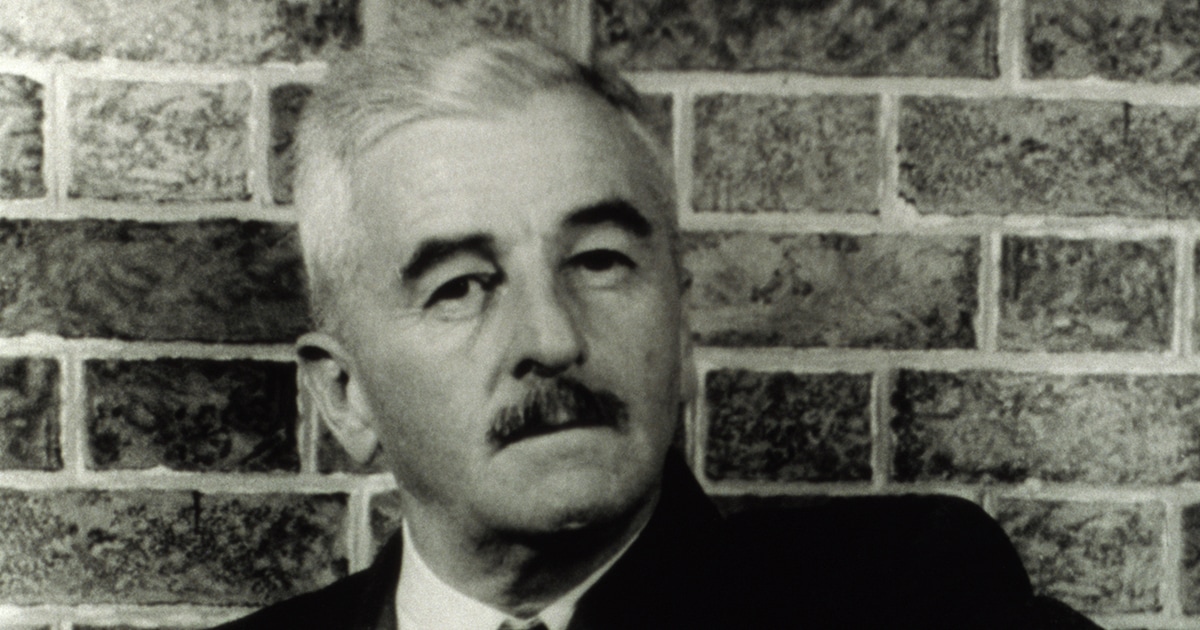
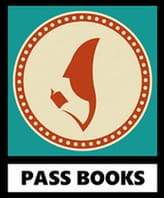
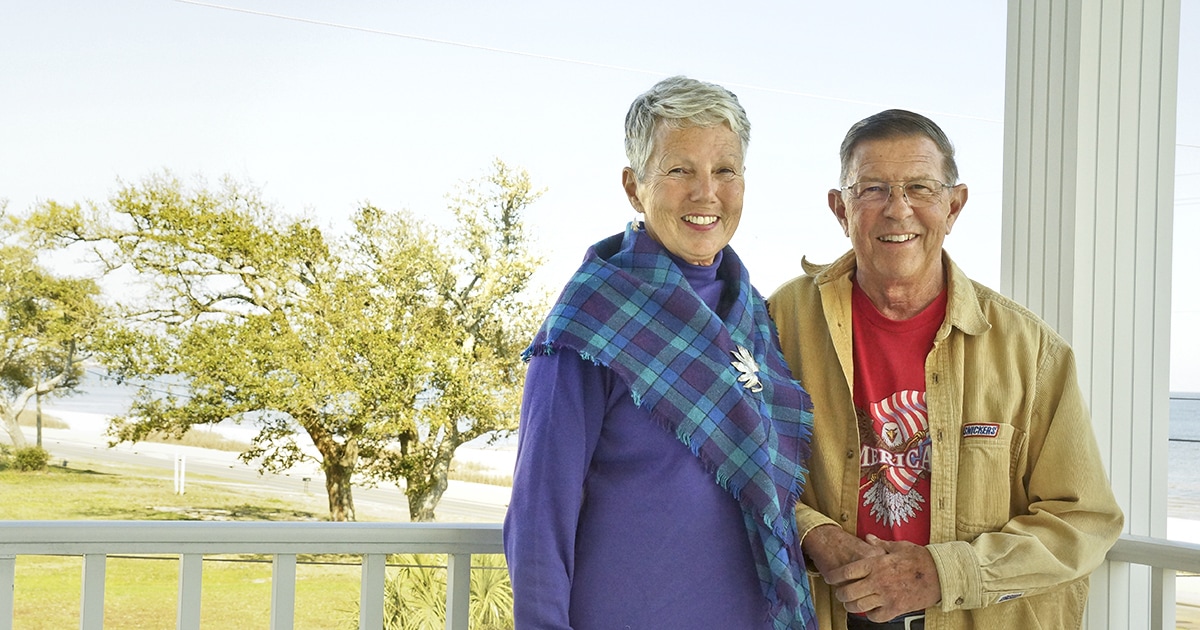
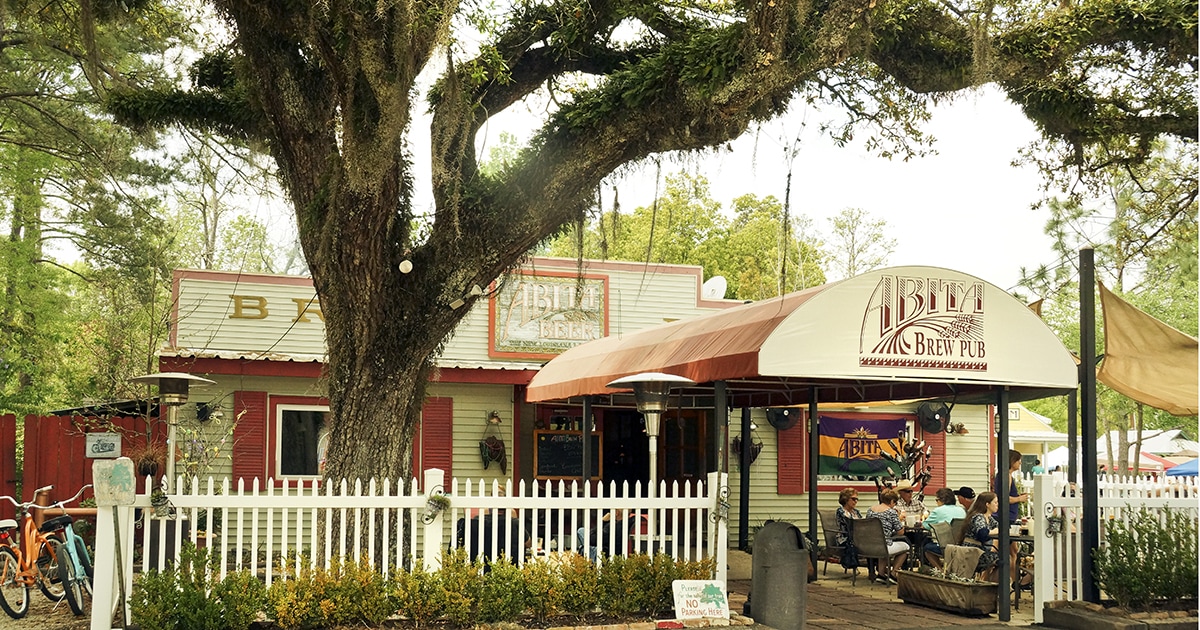
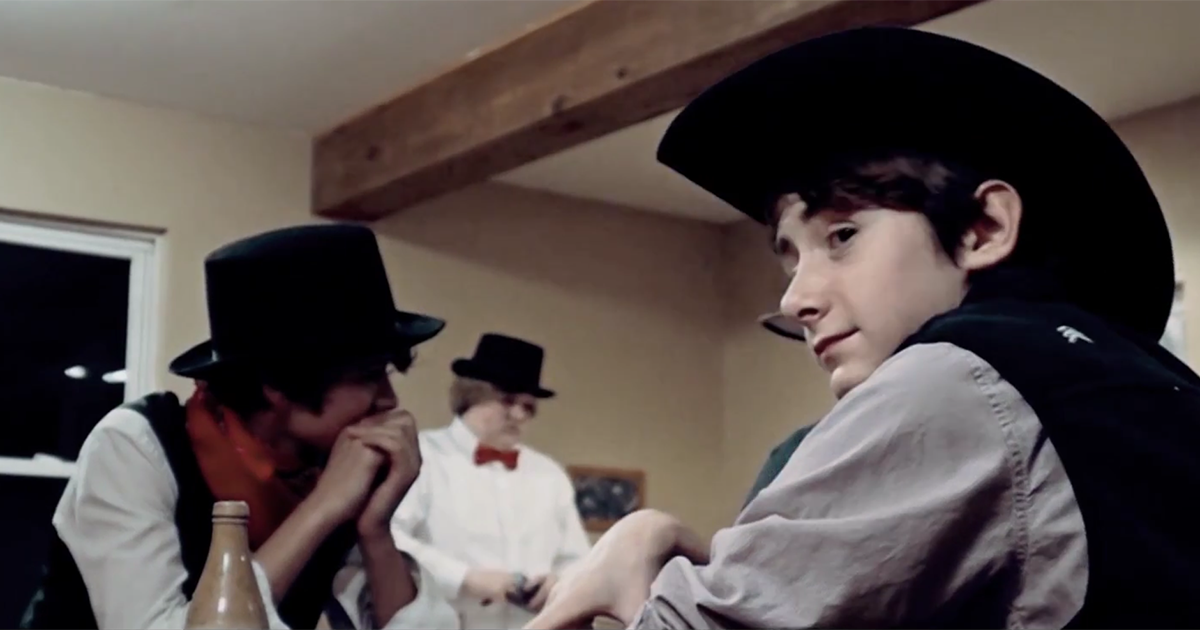


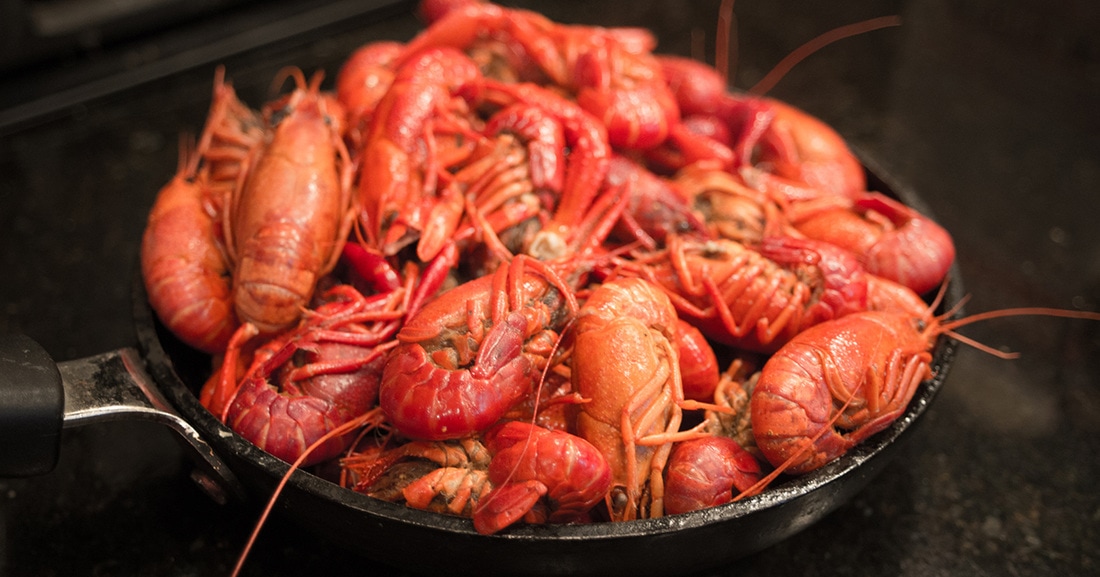

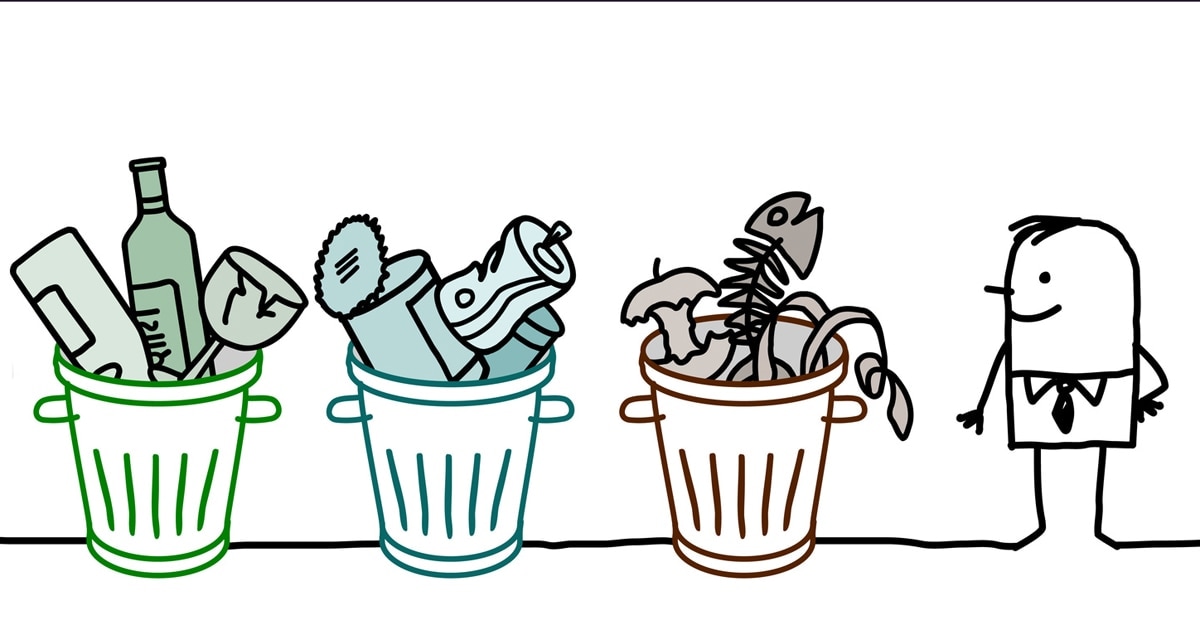
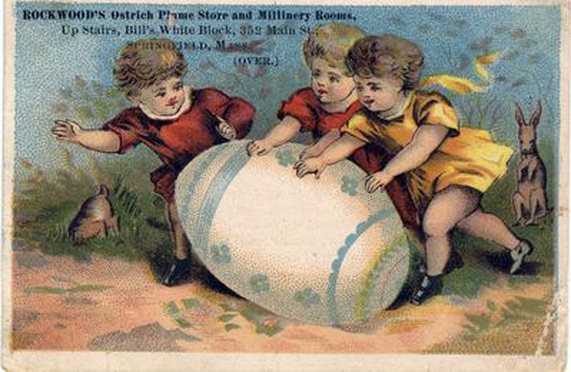

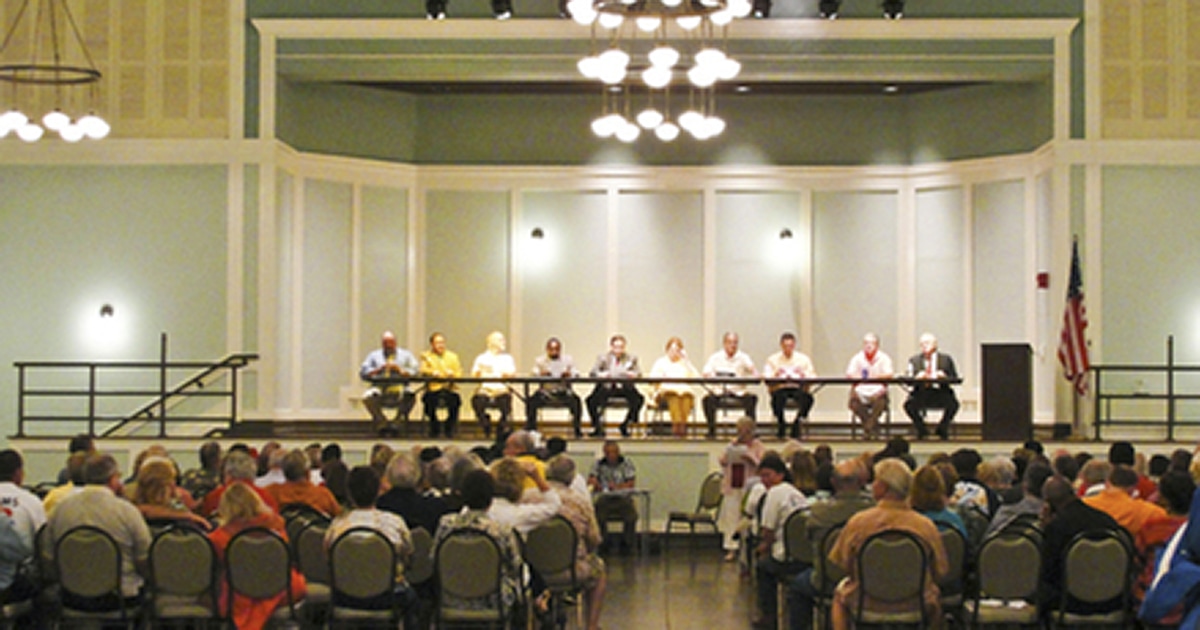


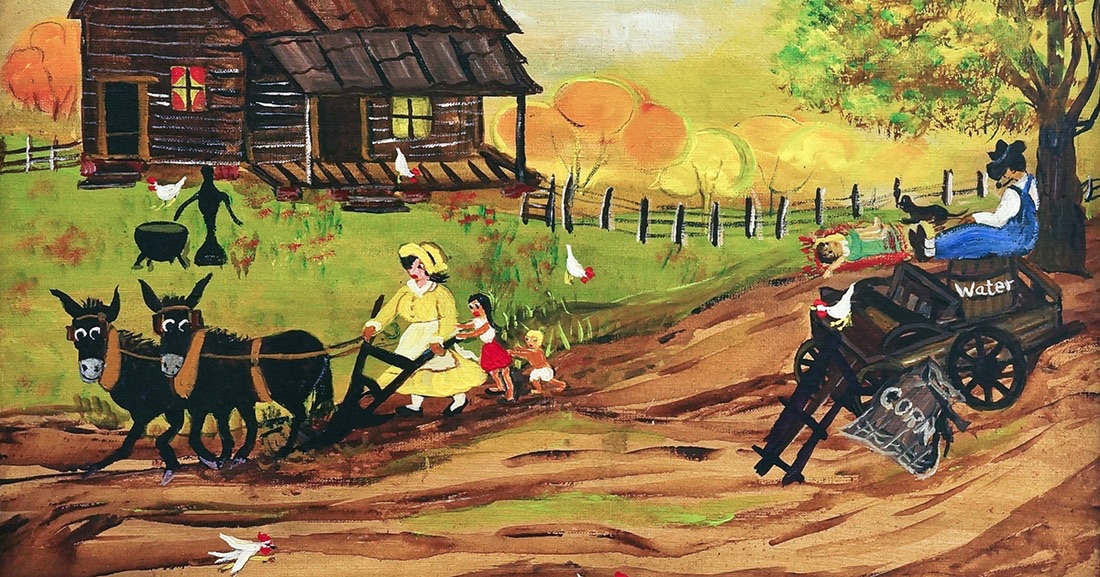
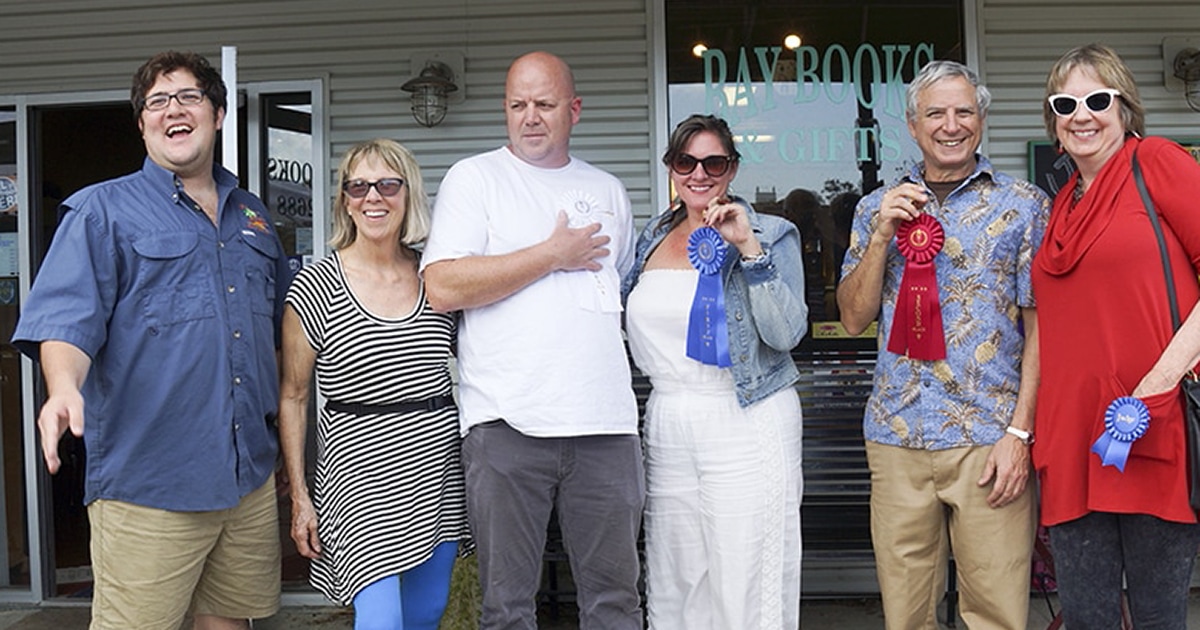

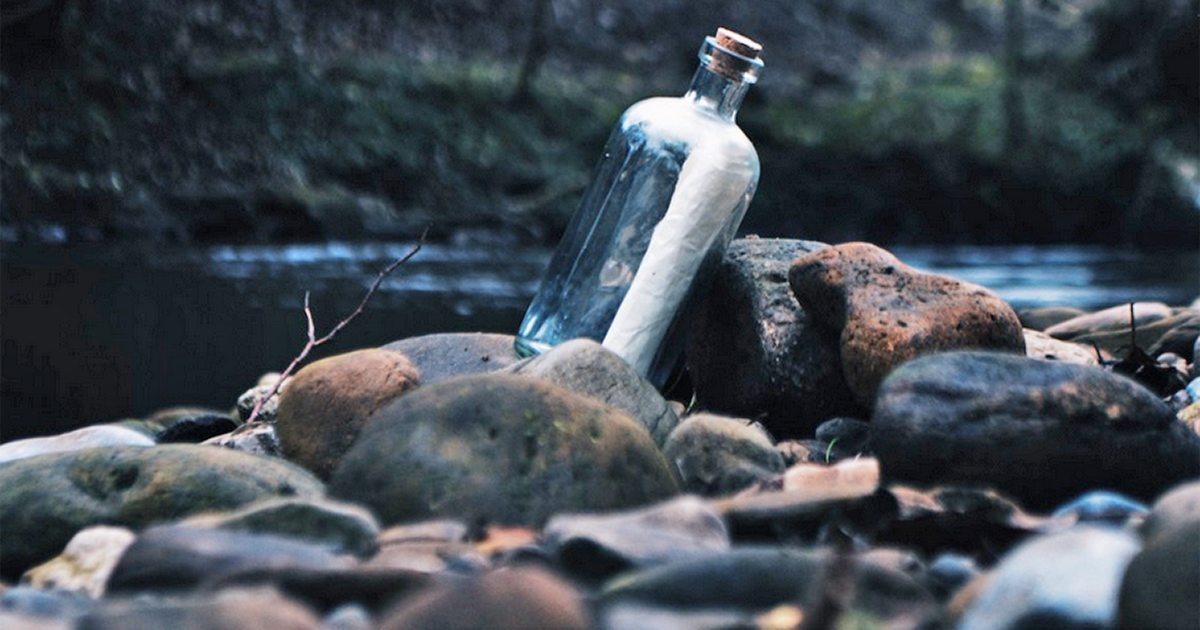
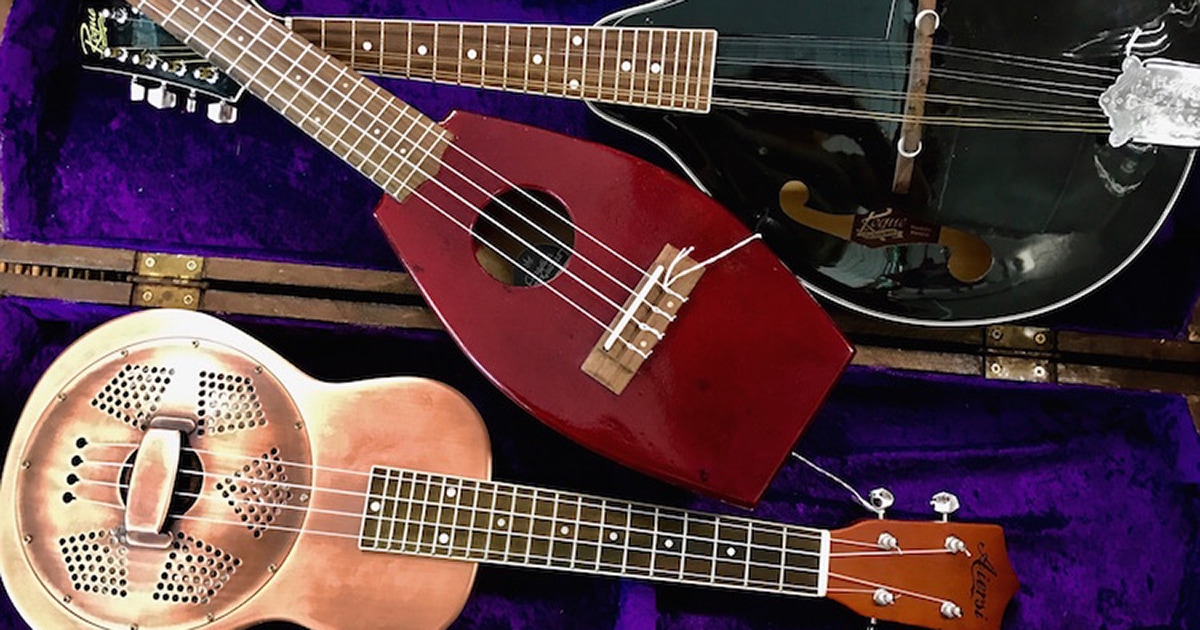

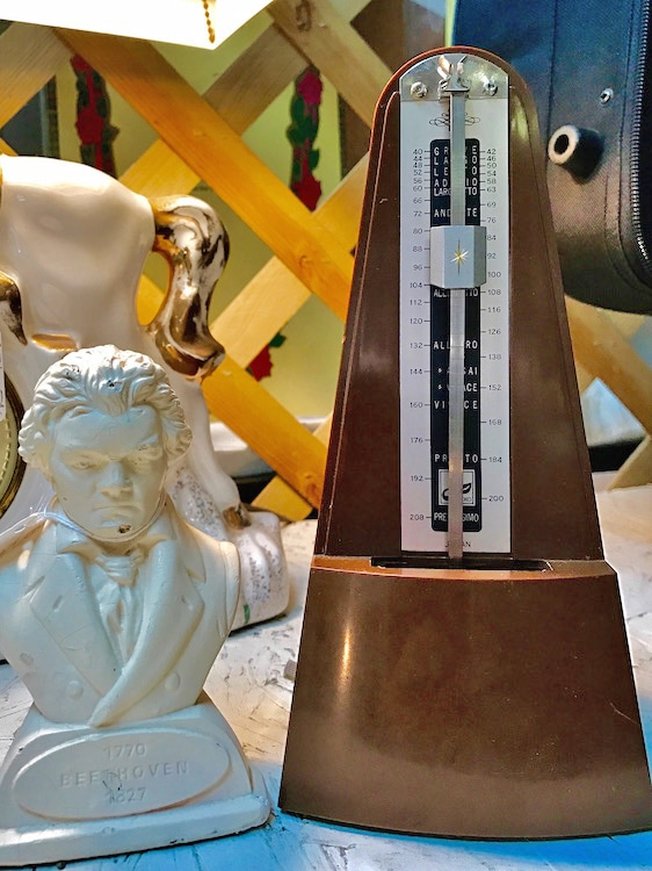
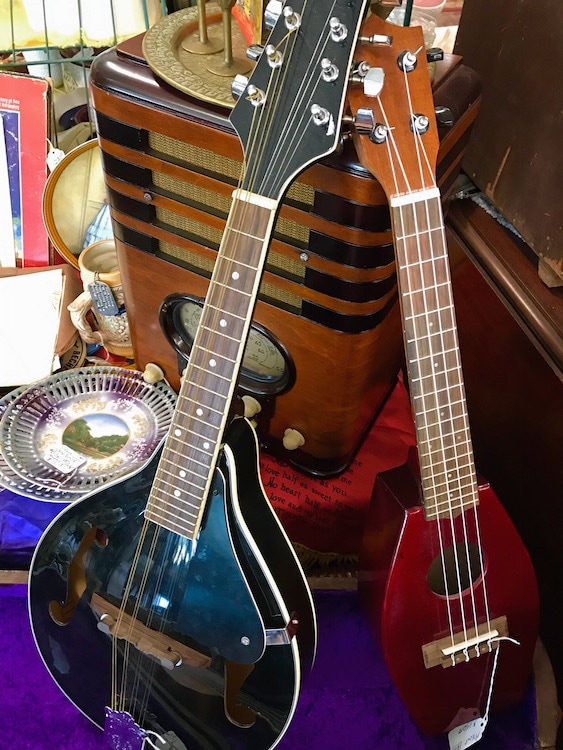
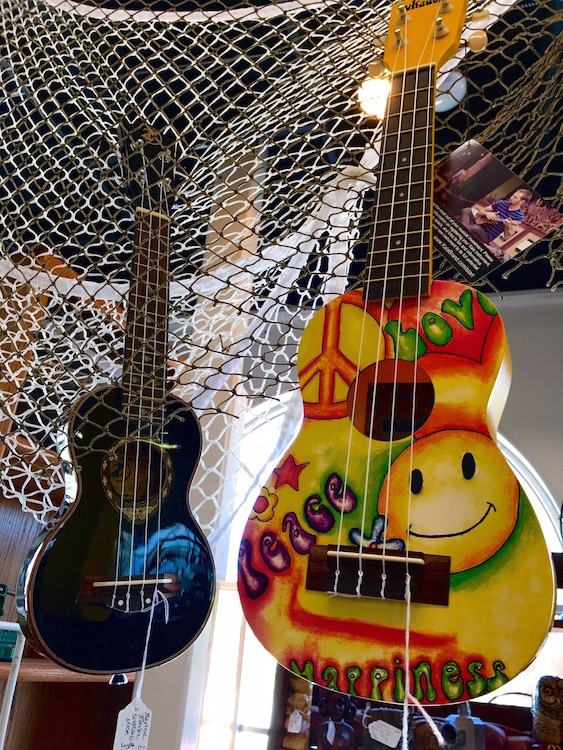

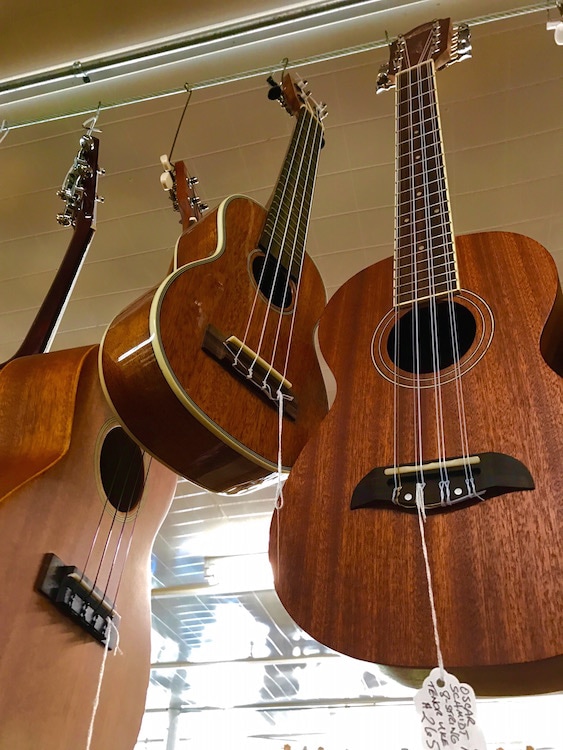
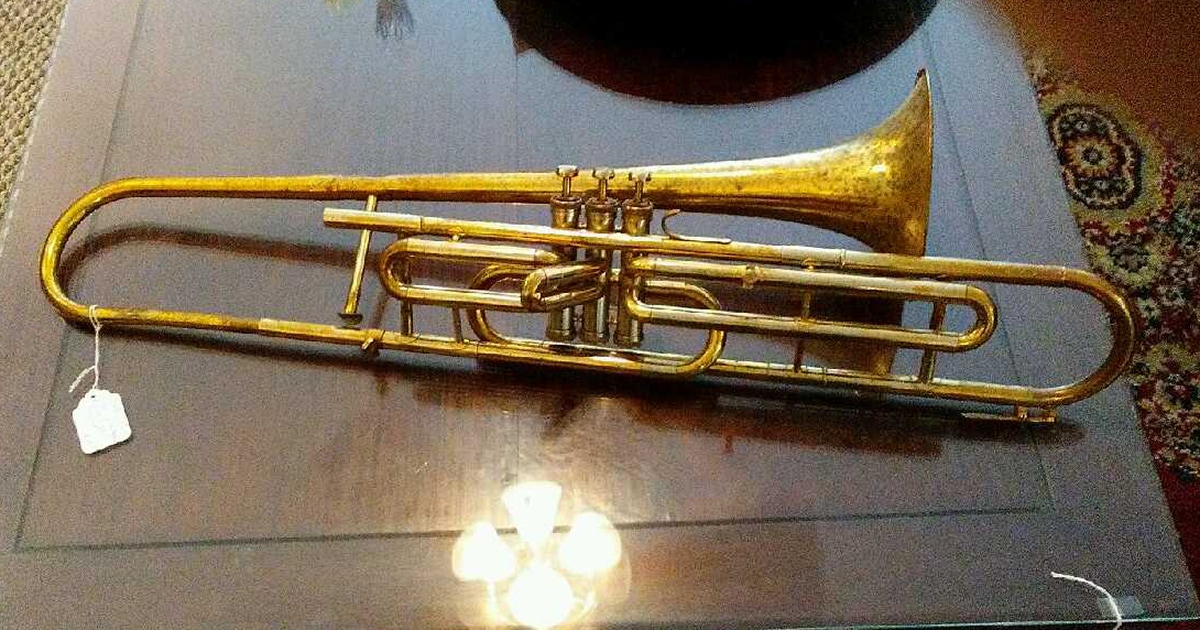
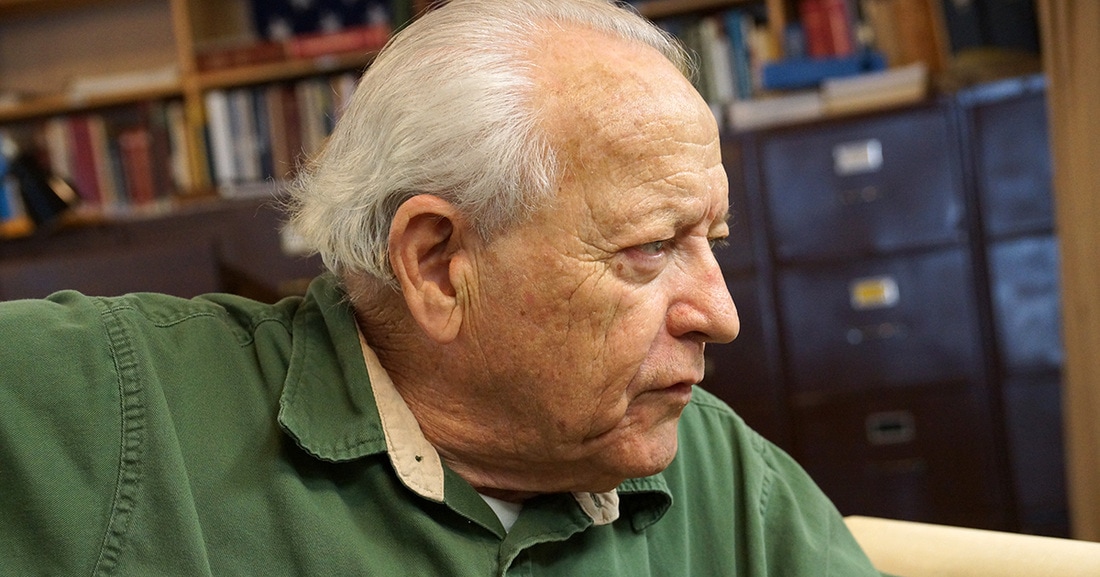

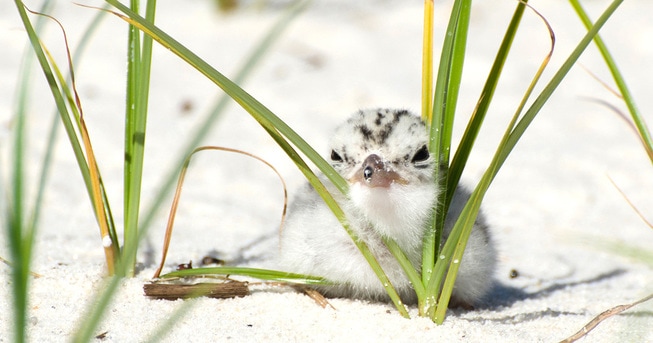
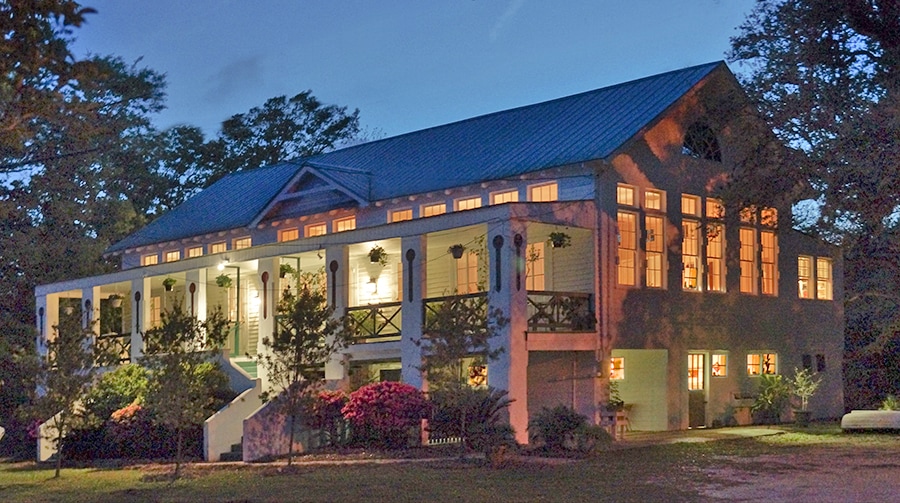
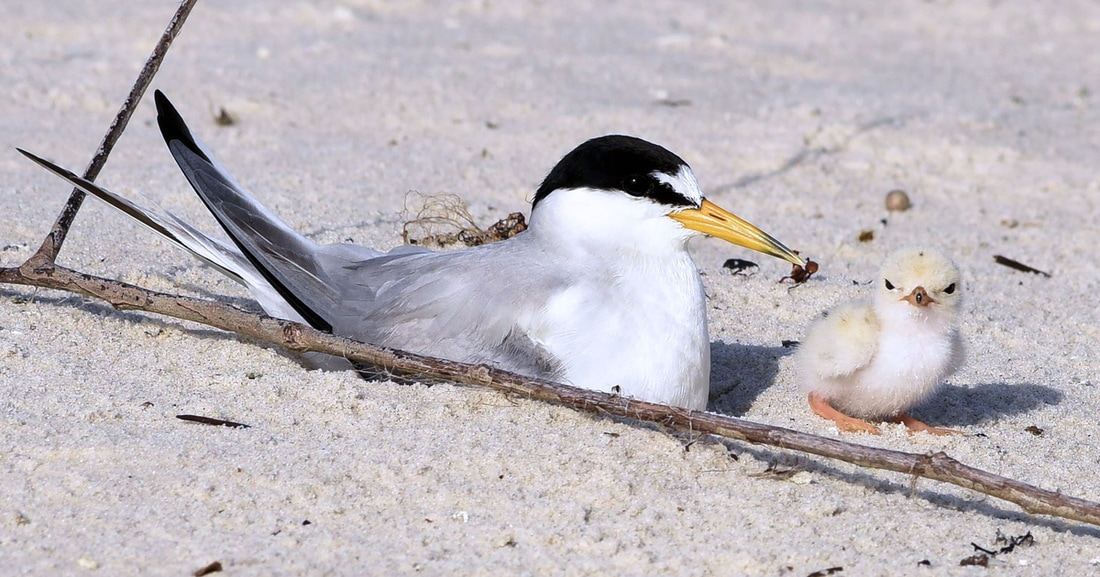
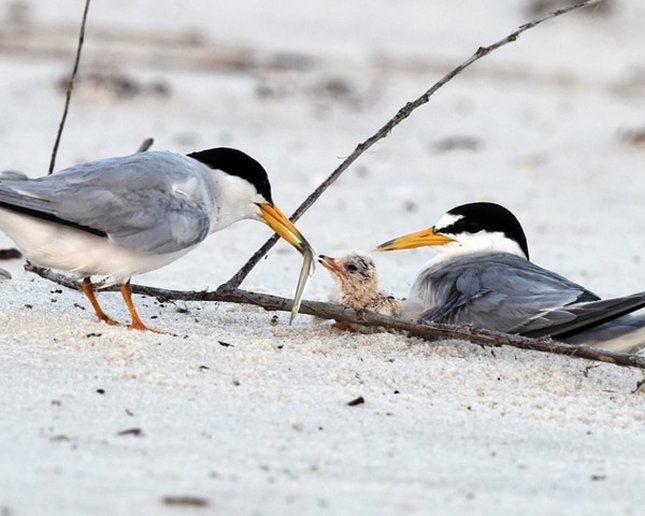
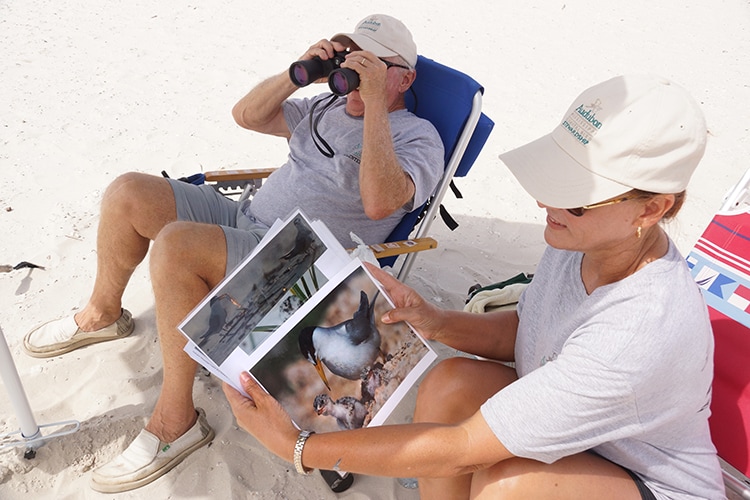


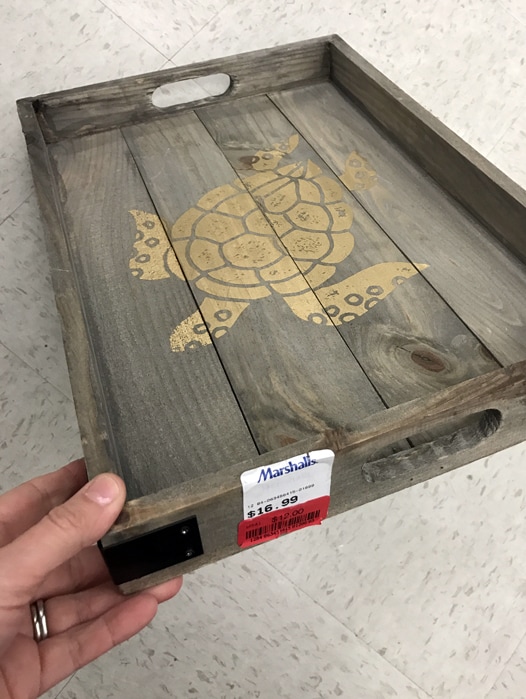
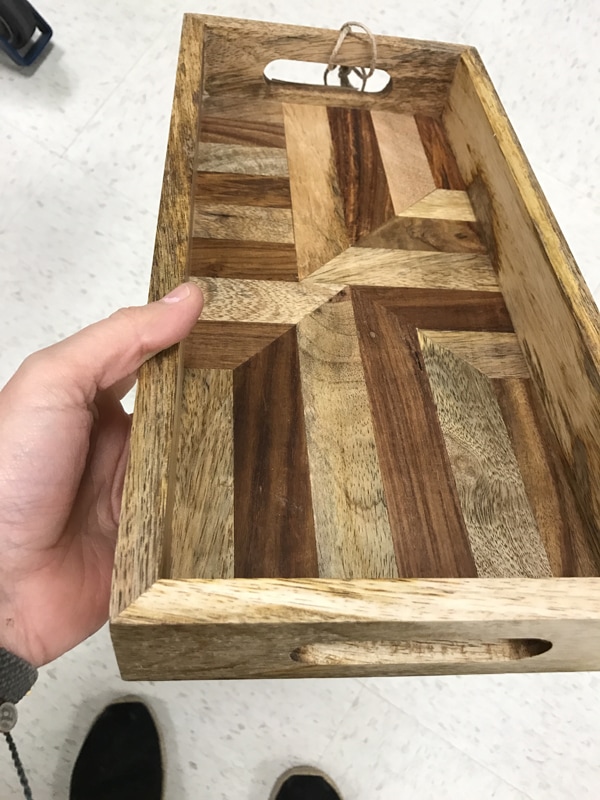
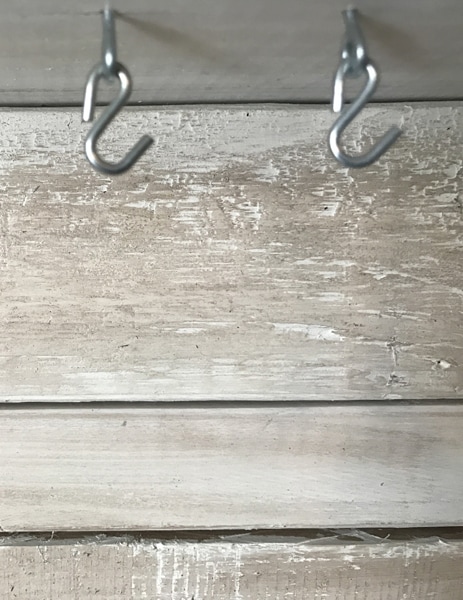
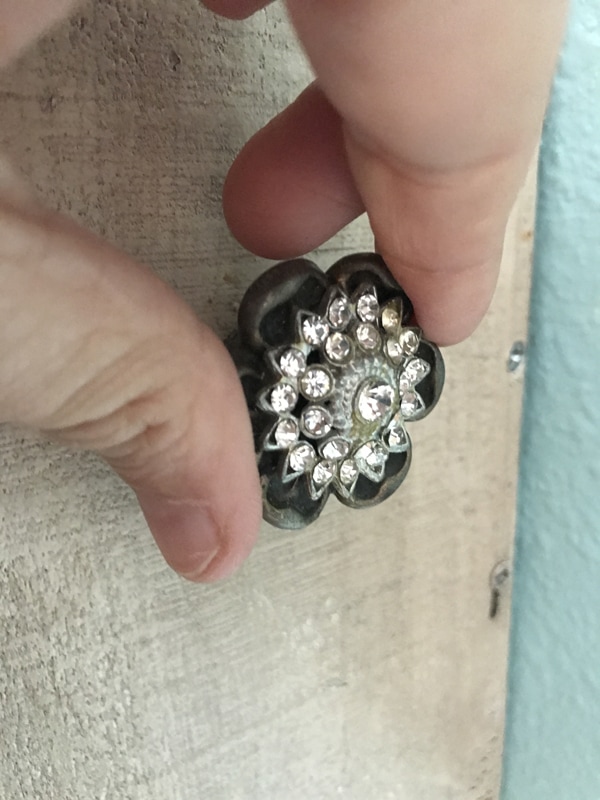
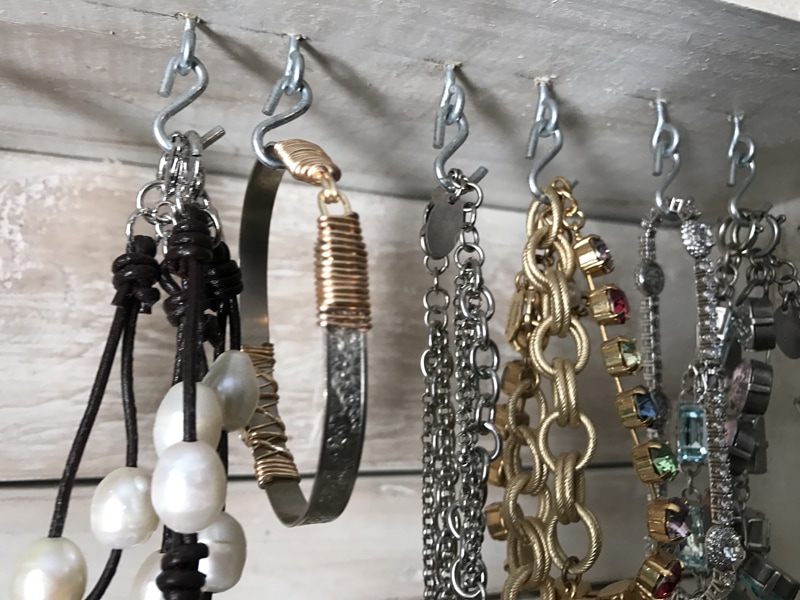
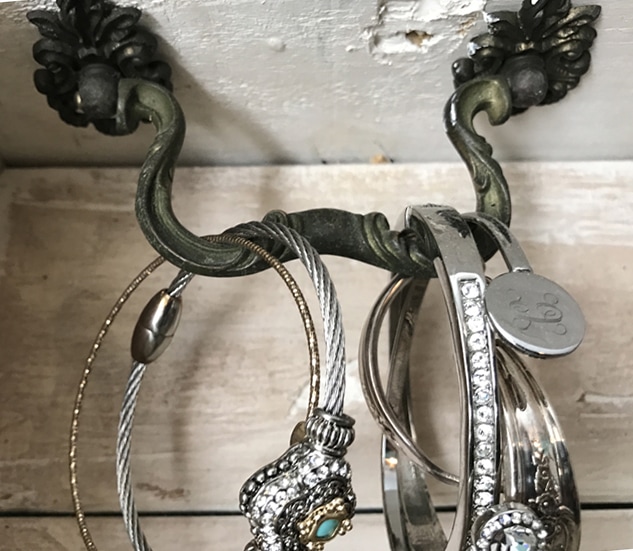
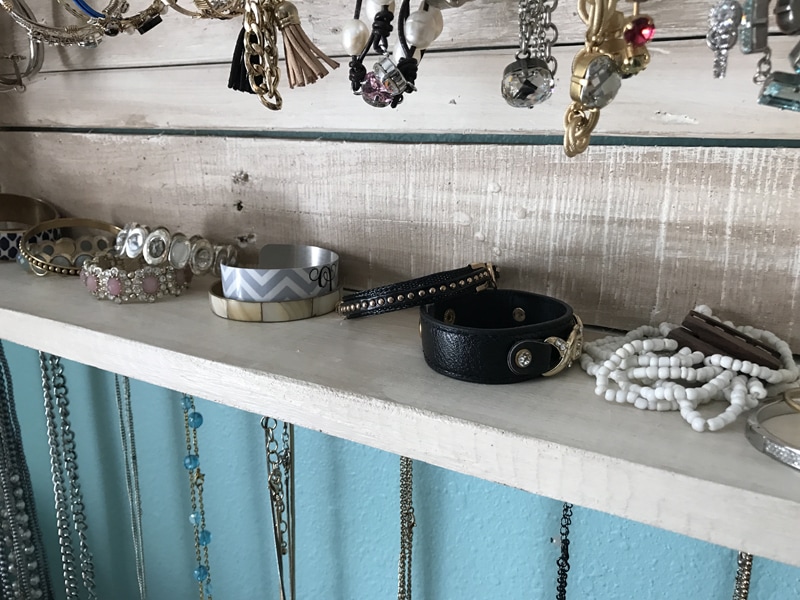





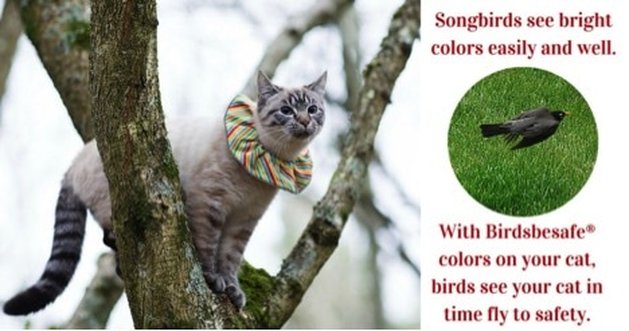


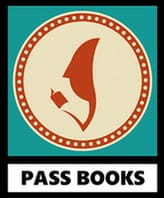


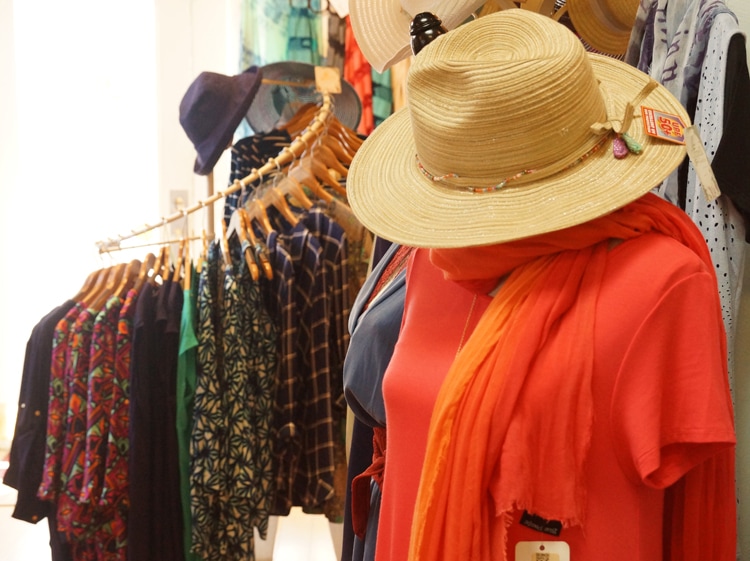

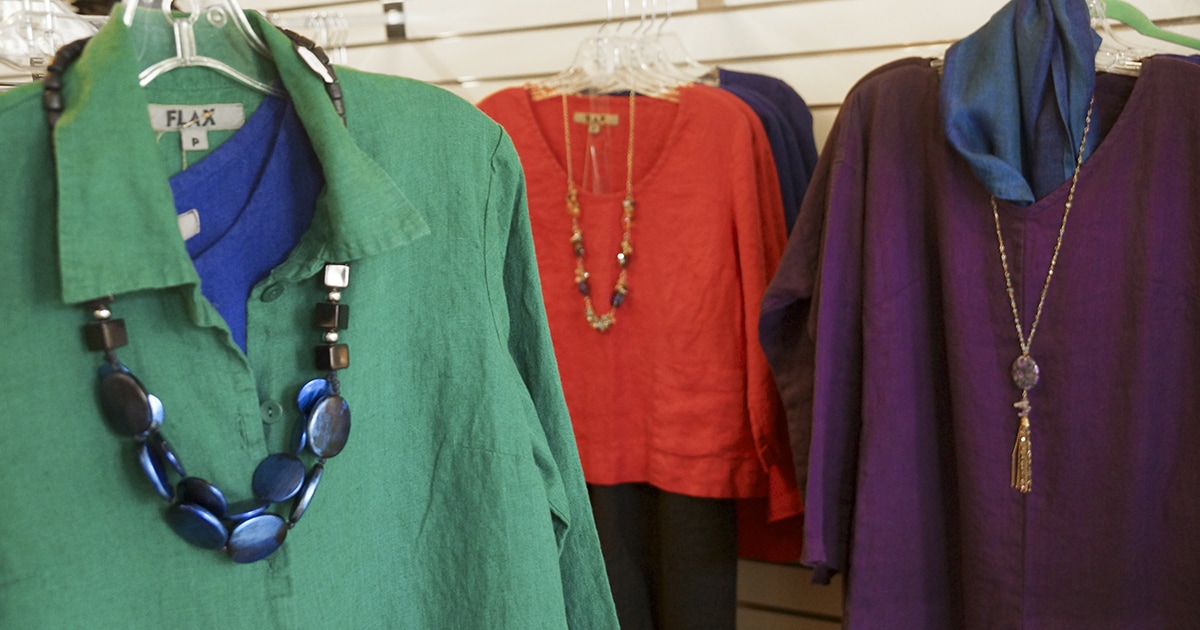


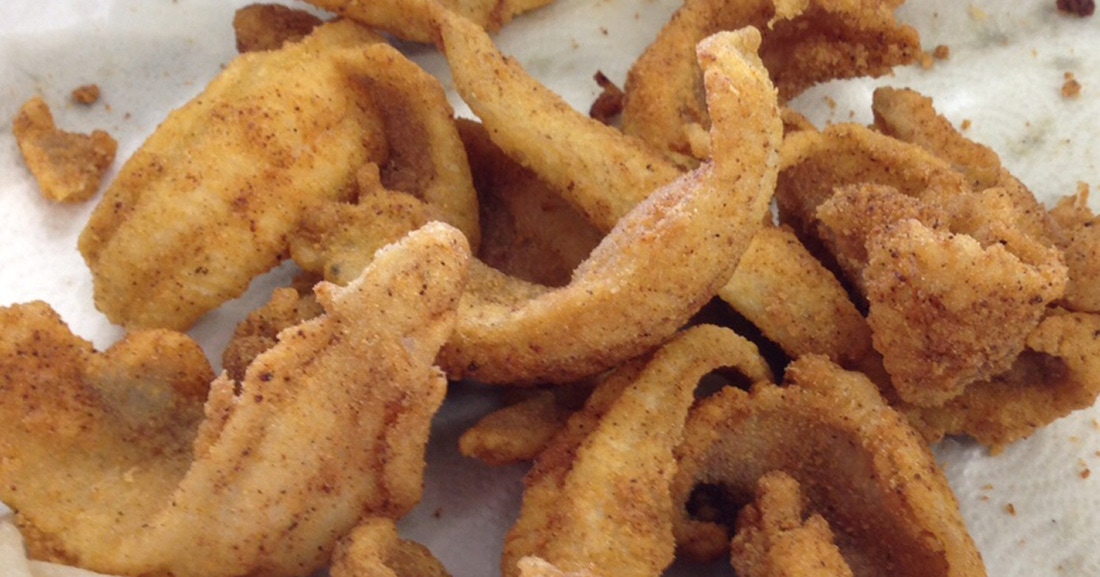

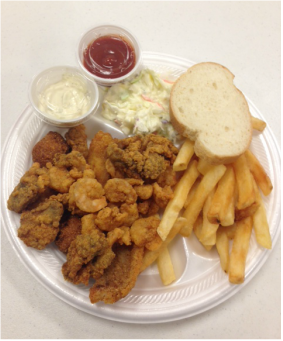
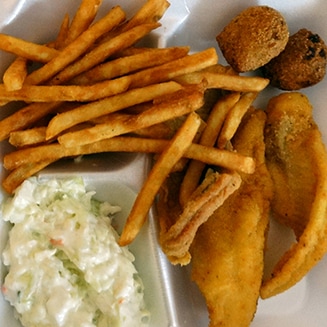
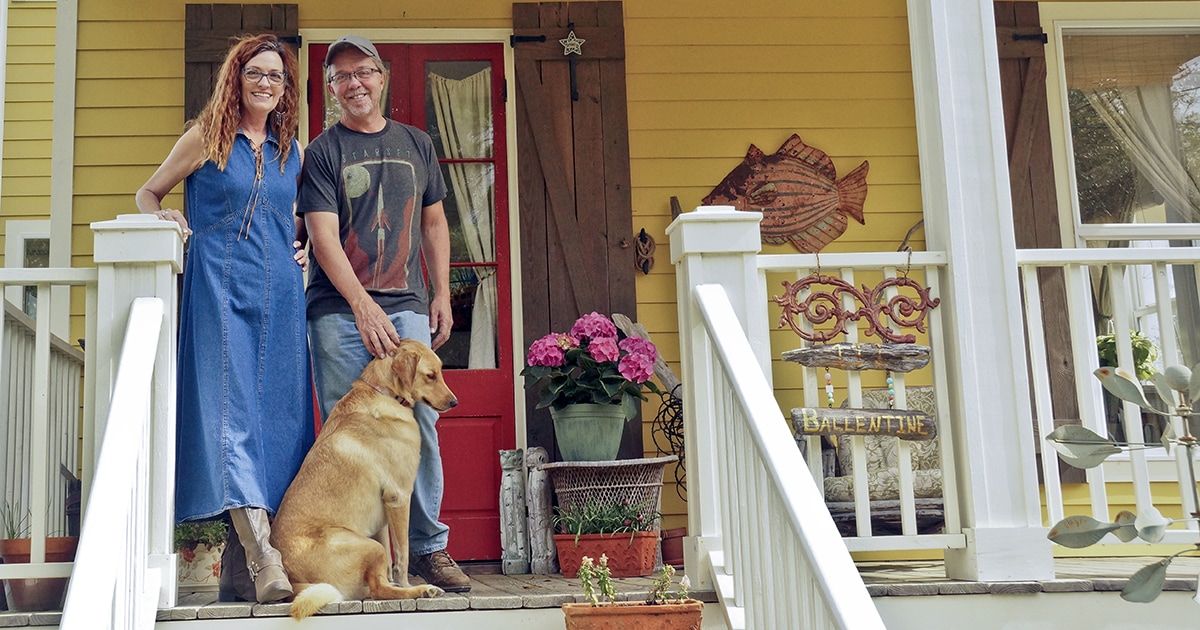
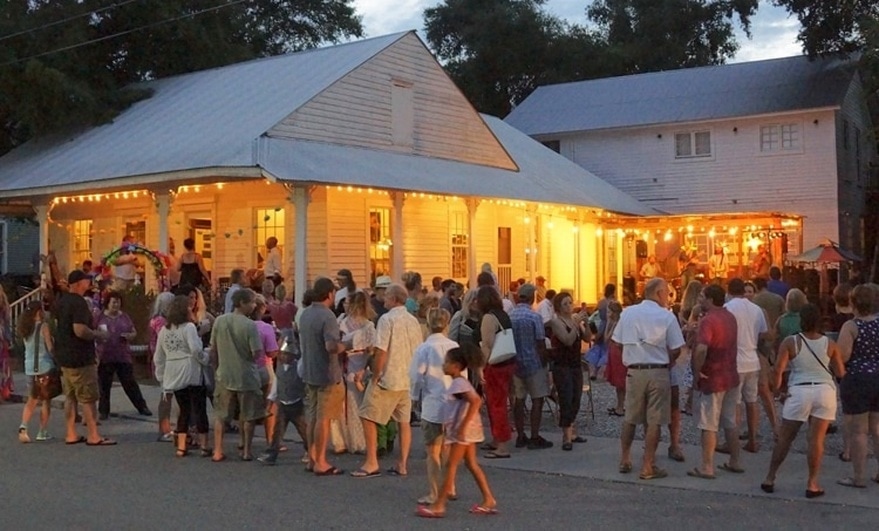

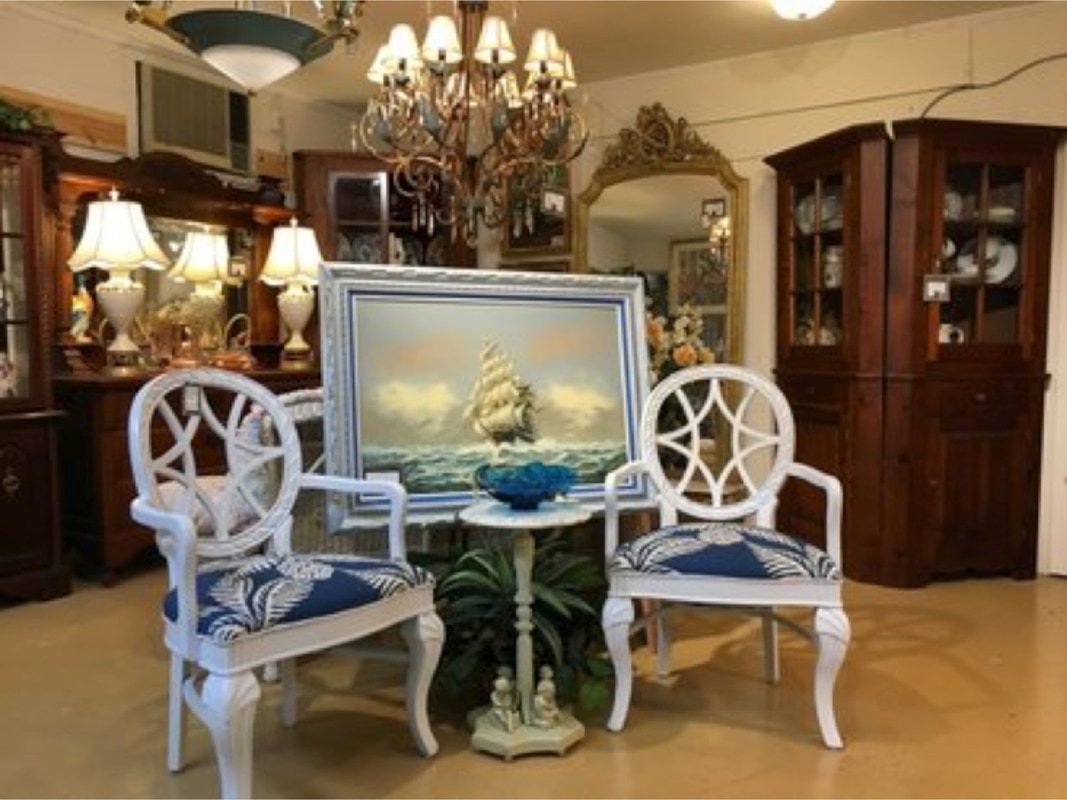


























 RSS Feed
RSS Feed























